Big Barbie and the Last American Girl: Part V
“You’re gonna like this chick. She’s alright. She’s an American Girl. She’s one of us. You understand?”
“Well, Barbara. This is it. This is how it ends.”
“Please. Spare me the histrionics. Do what you’re gonna do and be done with it.”
“No. Not yet. No - I’ve been waiting for too long to just put an end to this without…” She heaved a sigh of frustration as she fought a losing battle against good judgement. It was right there in front of her, plain as day - the end result of years of hard-work, the culmination of blood, sweat, tears, and more than a little pain. It was hers to claim, if only she reached out and took it, right then, right there. But… but… “I have to ask…” She swallowed, finding her throat tight and her mouth uncomfortably dry. “I need to know… why do you hate us?” She sucked down a trembling breath and swallowed the emotions welling in her throat. “My friends - what did we do to you to make you hate us so much?”
The woman blinked. Her lips, devoid of the rich pink color they’d so often had, and now painted with dust and gleaming with wet blood, moved wordlessly, forming puzzled shapes that gradually gave way to coherent thoughts. “Hate?” The barest hint of a smile pulled at the corner of her mouth. “You… you think is about hate? You think that I hate you? That I hated them?”
A single laugh, weak and clotted, disturbed the sepulchral silence around them.
“Molly…” She said her name like an affectionate mother. A doting big sister, amused by the foolish and juvenile antics of a younger sibling. And Molly hated it. “A clever girl like you - the answer’s been staring you right the face, ever since we met, and… well… I would’ve thought you’d have figured it out by now…”
“Figured out what?” Molly asked between clenched teeth. “What the fuck are you talking about?”
“You’re really telling me, after all this time… and… and you never even realized…”
“Wh-what?” Uneven nails, dark with dirt and grime, dug deep into the soft flesh of her palms as knuckles bleached white and the last of her color rose to her cheeks. “Realized what?”
“That I’m an American Girl, too.”
“I just grew up.”
“How could I hate my little sisters?”
Feminism is a bit of a prickly topic.
Befitting the motif of this publication, trying to pin it down, identify it, and study it is a bit like wrangling a hydra, or, perhaps just a small but very incensed and very spirited dog. It’s polysemous and multifaceted - ask someone to define it, and you’ll get a different answer every time. Even people who nominally agree with feminism, if asked to explain their idea of what it constitutes to one another, may likely end disagreeing with each other at best, or trading blows, at worst.
According to Wikipedia - only the most reliable and robust of sources at the disposal of researchers in the digital age - the first wave of Feminism was inaugurated at the Seneca Falls Convention of 1948.
Reductionist as it is, claiming as much helps makes the otherwise messy history that doesn’t fit neatly into waves or other neat compartments, which very little ever actually does. It does, however, neglect to mention what I think is a very important detail about Feminism in America, and that is the fact that America, almost since its founding, has been quite cavalier about women and their place in society. Relative to the times, of course.
The Puritan settlers of New England subscribed to strict, traditional gender roles, but literacy rates for women were higher than anywhere else in the world due. Of course, the only thing they were expected to actually be reading was the Bible, but, even then, that was a step above most of their contemporaries. The traditional beliefs of Puritans also equated women as inherently less than men - Adam’s rib, and what not - yet, still, most Puritanical religious and civic leaders believed women to be fundamentally more righteous and moralistic than men. I’m sure even the women among us can get a good laugh out of that misguided idea. Not to ascribe malice to the men of the time, either, but I have a feeling this idea came from a sort of paternalistic, maybe even patronizing attitude that saw women as… well, too lesser to really comprehend true evil. They’re like puppies, y’know? They understand the concepts of mischief and naughtiness, sure, but evil? No, no - they’re not smart enough to be evil! That attitude might explain that, when they did believe their was a truly malicious woman in their midst…
Necks snapped and heads rolled.
Even though women were also not legally allowed to own property, it wasn’t uncommon for them to do so in all but name - living at the far-flung fringes of the European world, where disease, hunger, conflict, and other such maladies ran rampant, a widow who inherited her husband’s property and now had the challenge of raising her children alone may not have the most expansive range of suitable prospective husbands, if any at all. A lot of men made struck it big by marrying wealthy widowers who came to hold the possessions of their dearly departed first husbands, back in those days. Some very notable men, at that.
You didn’t think chopping down cherry trees or whatever printed money, did you?
This necessity for a degree of independence continued in colonial America, even as the Puritans became an ever-smaller portion of the settler population. Even if the newcomers weren’t also religious fundamentalists, the world they came to settle was no less welcoming or forgiving. On what was quite literally the frontier of the known world, you didn’t exactly have the luxury about being picky about who did what all the time. Sure, a woman had her place, but, at the same time, if a man was sick with dysentery and unable to do his usual work around the homestead, Mama wasn’t just gonna sit there and let everything go to shit around her.
This is to say nothing of the Quakers, who were akin to the flashier, more exciting, but ultimately less substantive sequel to the Puritans. Today, the uneducated, uneducated, slovenly, and deracinated Americans divorced from their own history only know them from that self-satisfied looking fellow on the cardboard tube of oats that old people eat:
But, in the first two centuries of the American experience, these religious radicals were significant cultural forces within the country. There’s an argument to be made that their vehement opposition to slavery helped set the stage for the abolitionist movement, just as their (relatively) progressive views on gender established a baseline for the American feminist movement. There’s no coincidence that many of the leading figures in both the abolition and feminist movements were of Quaker stock.
They also had pretty fun naming conventions that run the gamut from whimsical fairy fellow to background student at Hogwarts to hardboiled detective in a pulp story to outright shitposts.
Of course, by 1848’s Seneca Convention, the European Enlightenment had come and gone, the works of early proto-Feminists like Mary Wollstonecraft had already been published and had time to percolate in the pan-European mind. Centuries of European tradition had gotten all shook up by the French Revolution, too, which had been wrapped up for over half a century by that point. The less said about that bloody affair and all the horrid little ghouls behind it, though, the better. Suffice to say, some of said ghouls had some pretty wacky ideas about gender politics, and by pretty wacky, I actually mean fucking stupid.
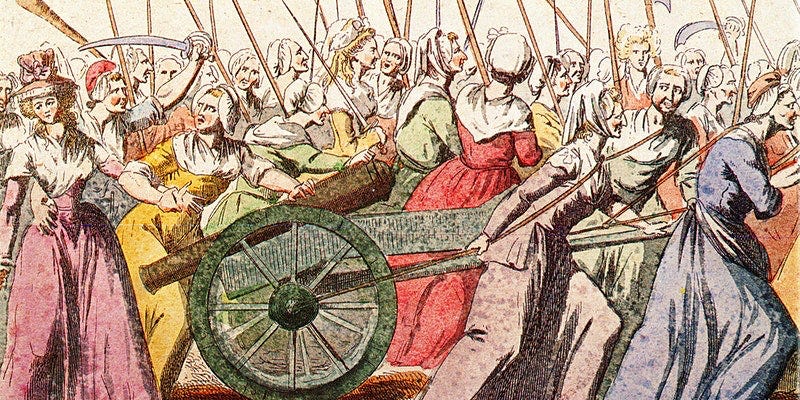
This is all to say that, by the time Elizabeth Cady Stanton and Lucretia Mott got around to LARPing as Founding Fathers at Seneca Falls and drafting their own political manifesto that had all the actual political impact of a Change.org petition, the stage had been set and dressed for them well in advance.
But, let’s look back at the Puritans, for a moment. To me, it never fails to astound how a small splinter-sect of radical Calvinists, despite never making up more than a fraction of the population of this country, managed to accomplish. In 1641, the estimated population of the British colonies in North America totaled 50,000. At this time, the Puritan population was only an estimated 21,000. Still, their Calvinist philosophies on work and morality, whether we want to acknowledge it or not, shape our own in Modern America.
Maybe it was because they dripped so hard.
If you’ve ever heard the term Protestant Work Ethic that defines the modern American labor system, it’s a bit of a misnomer - a more accurate phrase would the Calvinist Work Ethic. The path from 16th century theologian John Calvin - sorry, Jehan Cauvin - to the Puritans of England is about as straight forward as a Chutes and Ladders game board, but it’s there. If you ever wondered why countries colonized by Spain get a daily siesta and Americans don’t, or why Americans treat working yourself literally to death to be a virtue in and of itself, you can thank this French jack-off.

Okay, okay, so, I’ll admit - now that is extremely reductionist on my part, but, this is an article about fuckin’ Barbie dolls, not a thesis paper on 16th century Protestant religious movements, so, if you’re interested in all that… I dunno, man, go to the library. Those still exist, believe it or not. And they do tend to have books beside The Non-Binary Baby. At least, they did the last time I went.
More pertinent to the discussion at hand… America is weird about sex. Like, really weird. This, too, is one of, if not the great of the lasting influences to come from our Calvinist forbears. It goes without saying that, when it comes to matters of physical intimacy, we still default to the term Puritanical to describe… well, at this point, we’ve normalized sexually deviant behavior to the point that I’d argue puritanical is now just healthy sexual practices. But that word still gets used disparagingly, as, obviously, the Puritans were pretty by the book as far as that stuff went.
But, as soon as the ink was dry on the Declaration, you best bet your buns that there were already freaks coming out of the woodwork from all over the world to try and use that famous line, The Pursuit of Happyness, to justify why they needed ten billion wives that were to suck them sloppy whenever and wherever they demanded. Sex perverts, you could say, are endemic to America by virtue. Even ol’ Benny Franks was notorious for being something of a raging man-slut. Some claim he was so extraordinarily randy that, even in death, his spectral presence is still pinching and swatting the asses of comely dames that step into his parlor to this very day.
My man would have loved what the Japanese have been doing over the past few decades, I’ll tell you that much.
In the post-Revolutionary colonies, socialist utopian communes - many of which found their roots in Enlightenment and Quaker ideologies - such as the Oneida Community were not uncommon in 19th century America, where wonderful ideas like group marriage and polygamy and free love were all espoused. We tend to think of hippies as the guys who were all about love the one your with, but, really, it was started by guys who looked like this:
Totally radical, brother. All of which usually descended into sexual debauchery, deviancy, and abuse, as most cults and communes usually do.
Today, after the sexual revolution of the 60’s, America is one of the most sexually open and libertine societies on the face of the planet. Our culture is steeped in it. Our music, our movies, our television, every facet of mass media is practically dripping with raw, sexually-charged imagery. We’re bombarded with it, day in, day out. We created the internet - one of the greatest achievements of engineering and technology and perhaps the single most important revolution in communication throughout human history - and most of it is pornography. Official estimates claim that only 12% of the internet are dedicated smut sites, but searches for hot single females in your area clock in at 30% to 40% of all search engine requests, and similar figures stand for all downloads made from the internet. And, call me crazy, but I have a sneaking suspicion that these numbers are being low-balled. Precipitously.
Yet, despite this, America is far less permissive when it comes to public nudity than just about any other country on Earth. The public wardrobes of young women in America continue to grow more form-fitting and less substantial with every passing year, but it’s considered a cardinal sin for men to even cast their eyes in the general direction of a woman with yoga pants wedged so far up her behind you’d need a firefighter’s jaws of life to pry them out. Bimbo and slut are cute pet names that women call each other as terms of endearment, but they’re still slung about as insults in a cat fight. Crass talk about female anatomy, hygiene, and bodily functions have never been more public, but, for some reason, it can only ever be spoken about in jest, and trying to take sexual health and hygiene seriously will only see you roundly mocked with that dreaded term we mentioned before - puritan.
More than anything, despite an overabundance of sexual imagery and permissiveness - or perhaps because of it - Americans are having less sex than ever before, over half of all Americans are single, and relations between the genders are tangibly, palpably hostile, none of which bodes well for the future.
There’s a schizophrenic break in the sexuality of America as a whole. What’s in our heads - and our culture - is completely divorced from reality, and constantly at odds with itself. What’s good is bad, and what’s bad is good, except when it’s not, or when the talking heads on TikTok say it is, then it’s not, or maybe it is - it changes by the minute, it seems.
This all begs the question - what the fuck does any of this have to do with Barbie?
Well, to put it bluntly - Barbie is a sex symbol. As I explained in my previous piece on the history of America’s most successful doll, she was quite literally inspired by a German gag gift, explicitly made for adults, based on a sexually-charged character from a racy comic strip, also made for an adult audience. As also previously explained, Barbie’s initial release was controversial due to the simple fact that she had accurate female anatomy.
This in and of itself is one of those weird American sex things I was talking about when I said America Is Weird About Sex; when the more radical feminists say, There’s nothing inherently sexual about breasts, I’m actually with them on that one. In many cultures - even in the West - it was perfectly acceptable for a woman to let the goods show.1 Now, that’s not to say men didn’t enjoy it - I’m pretty sure they did - but, at the same time, it wasn’t considered any more sexual for a woman to go around with her bosom a-swaying down at the agora back in ye olde Athens as it was for a dude to go out letting it all hang out out of his toga, if you know what I mean. Of course, nudity as something shameful is something that is inherently Christian - what did Adam and Eve do first after eating the apple? - but, even then, I’m not sure if that shamefulness was inherently tied to sexuality so much as it was a sign of bestial ignorance. After all, in most traditional artistic depictions of the Fall, notice that Eve, er… well, even after grabbing a handful of fig leaves, she still has her high-beams on, if you catch my drift.
Kinda shows you what was and what wasn’t considered worth hiding, y’know?
And, don’t get me wrong - I’m not trying to say it’s right or wrong, good or bad, or even say there is a moral aspect to it so much as just a difference in cultures,2 I’m only trying to illustrate that, again, nudity being this controversial, verboten thing, while not a strictly American phenomenon, is very much a recent cultural development, and one that America in particular holds very close to it’s heart.
The point is, for better or for worse, in a society where even the curvature of a single breast is considered is enough to be sexual, Barbie is a sex symbol. I don’t think that she was ever intended to be by her creators3, but how one’s creation is perceived by the public is not their decision to make.
And, ultimately, she's more than a sex symbol.
She’s a veritable icon. She’s an American treasure. She’s a mountaineer. She’s an astronaut. She’s a veterinarian and a brain surgeon and pediatrician and on the cutting edge of cancer research while also being a run-of-the-mill general practitioner. She’s a soldier. She’s a diplomat. She’s a baker. She’s a butcher. She’s a farmer. She’s an software engineer. She’s an angel and a devil, an icon of feminine empowerment and a lurid creation of the male gaze, a vicious valkyrie-esque figure of female liberation and a sweet, submissive housewife all at once. She’s America’s schizophrenic sexuality alchemically synthesized into one plastic Magnum Opus - the Great Work of the erudite magos of Mattel.
The broken American psyche hates her because she’s a bleach-blonde hussie, loves her because she’s a faultless saint, and it adores her because she’s a slut, and it’s repulsed by her because she literally has no genitalia. She’s the sexless and chaste Great Satan of Female Domesticity, the wicked embodiment of those detestable “western beauty standards”, and she’s the Bimbo Messiah, draped in pink fineries and bestowed a plastic crown, wielding the tools of the Patriarchy against it as she leads a new liberation.
Do you think Ruth Handler could have had the slightest idea of what she was fashioning, all those years ago?
Barbie is as much every American woman as she is none of them. They love her because she’s their own reflection. They hate her for the same reasons. It’s genius, really; she can and she will be whatever you want her to be, provided she has the right outfit for the occasion. She’s the all-encompassing embodiment of the nebulous, universal Western woman of the post-war, neo-liberal, globalist and godless American Century, and, just as she was birthed in the aftermath of the last great collapse of an old order, as the remnants of the previous epoch were bulldozed beneath tank treads of vaporized in atomic hellfire in 1945, now, in 2023, the ossified and sclerotic order of the Columbian Empire, prematurely aged through decades of spilt blood and lost treasure and an unceasing parade of psy-ops, quakes upon a foundation eroding faster than it can be fortified. The cycle again turns, and the America of 2059 will be a very different place from Barbie’s America of 1959; one that will most likely be wholly divorced from the founding stock and their principles. She’ll be a vestige of the previous paradigm - a blonde-haired, blue-eyed anachronism in an America where such people are an increasingly endangered species.
Yet, she will persist still. Why?
Because she’s Barbie. She’s a girlboss, she’s a war criminal, she’s a lunatic - she’s clinically insane - but she knows that she’s the next Virgin Mary and she knows that she is never going to die.
Barbara Millicent Roberts is the Last American Girl.
“I know who you are. You're Molly McIntire. Born April 22nd, 1934, in Jefferson, Illinois. Your father is James McIntire. Your mother is Helen McIntire. She tells you that you talk to much. You have a sister, Jill, and two brothers. Ricky and Brad. Your best friend is Emily Bennett. You aren't good at math. You are good at dancing. Turnips make you sick and you like ice cream. Vanilla ice cream. You're afraid of open water. You're sharp. You're spirited. You're a dreamer. You're a schemer. You're given to flights of fancy and you live half your life in delusions of grandeur. You seek attention. You crave validation. You need to be loved like you need air. But you know that. You know who are you, too. And you know what you want, and you know how to get it, and you know who you are. You are Molly McIntire, inside and out. And you’ll never be anyone but.”
She shifted against the debris littered across the tile ground with a soft sound of discomfort.
“Do you know who I am?”
Molly swallowed. The sound was so loud that she thought she heard it echo off the distant walls. “You’re Barbie.”
“And who is that?" she asked. “Who is Barbie?”
Molly said nothing. She wasn’t sure what to say. She wasn’t even sure if there was anything to say. Barbie clearly knew who she was - but she couldn’t say the inverse was true. In fact, she realized for the first time just how little she actually knew about the woman that had caused her so much grief. Here, Barbie had read her like a book, and what could Molly say in kind?
Fortunately, she didn’t need to say anything.
“I’ll tell you what I can,” said Barbie. “I was born March 9th, 1959 in New York City. I don't have parents. I have engineers. I've got more siblings than anyone could ever hope to name. I've forgotten more friends than a lone man could make in a lifetime. What do I want? I want whatever the women of America want. What do I like? What am I good at? What am I afraid of? Whatever they decide. None of that is mine to choose. I never had a choice in any of that because I'm everything they love about themselves. I'm everything they hate about themselves. I'm everything they aspire to be and I'm everything they dread becoming. I'm their loftiest dreams. I'm their worst nightmares. I'm every aspiration and anxiety they ever had. I'm everything. Which makes me nothing. I'm whatever they want me to be, whenever they want me to be it. And you want to know the worst part, Molly?”
Molly noticed her wince behind the lenses of her shades as she looked down at her side. She pulled open the left side of her jacket. Instinctively, Molly moved to raise her weapon, but the only thing that Barbie withdrew from the interior pocket was a dented cardstock box of cigarettes - slowly. She kept her eyes trained on the box as she used a shaking thumb to lift the lid, and, absently, said, “They don't even know that I have a last name.”
Let’s talk about American Girl.
During my… complicated Spook-tacular, I mentioned briefly that the American Girl brand isn’t just another name that Barbie collected on her list on vanquished enemies, or conquered vassals, or one of her many titles. Mattel, as a company, is divided into three branches - Mattel North America, Mattel International, and American Girl. American Girl is not just a brand under Mattel’s banner, it’s an entire business subsidiary unto itself; the remnants of the Pleasant Company, renamed after Mattel’s acquisition. If you think about it, American Girl as a brand and a company maintaining some semblance of autonomy in Mattel’s greater corporate structure is no mean feat when you look at the exhaustive list of various properties, brands, toys, and products that the Mattel machine has assimilated over the years. When Mattel purchased the Pleasant Company in 1998, they did so for a grand total of $700 million. Quite a pretty penny, yes, but when they acquired the Tyco Toy company was acquired by Mattel in 1996, it was for $775 million dollars. Tyco is most well-known for their R/C vehicles, but, prior to Mattel’s purchase, they made a variety of products, and secured the rights to make Sesame Street branded toys. Even though you might have had a Tyco R/C car - I had a R/C plane from them myself - their most successful product, and one of the chief reasons that Mattel was interested in buying them, was this little piece of engineering:
Yes - really.
But if you think those were big bucks to spend on a giggling Elmo toy… you remember these little guys?
For those unaware, these little egg-things were from a line of called Little People, made by Fisher Price. Being born in the early 90’s, I have distinct memories of having these, though I also distinctly remember bashing them together or throwing them at walls instead of using them as intended. Whether they were toys or projectiles, they did gangbusters in Toy Stores, and were Fisher Price’s most valuable IP, and, like a shark that smells blood in the water, Mattel came swimming up to Fisher Price’s ship, eager to do business. Of course, they bought Fisher Price. They bought them for a billion dollars. In 1993.
A billion is quite a bit more than seven hundred million, but, still, neither Fisher Price or Tyco are a subsidiary of Mattel. If Fisher Price was worth more than the Pleasant Company, why isn’t there a Fisher Price division within Mattel?
Well, so far as I’m aware, Fisher Price weren’t in the midst of opening proprietary Fisher Price stores when they were bought by Mattel. Mostly because I don’t think the target audience for Fisher Price toys really care all that much about branding or corporate loyalty.
Not even Barbie, Mattel’s golden girl, gets her own subsidiary within the company. She certainly doesn’t have one store, let alone multiple, dedicated to peddling her products. Being queen of the toy aisle, maybe she doesn’t and didn’t need one.
But, I don’t think the American Girl store is the only reason that American Girl got preferential treatment from Mattel. After all, the store wasn’t even open when Mattel acquired them, though, given that the first location opened shortly after the purchase, I can only assume it was well into development by the time the company changed hands.
The thing is, American Girl was not just another brand. That isn’t how it was marketed. That wasn’t the kind of product that the Pleasant Company sold. It wasn’t just the doll that they were selling. Molly McIntire wasn’t a Tickle-Me Elmo that was going to sit and laugh and double over and inevitably end up in the Goodwill donation box once little Janie forgot about it, or Daddy got tired of hearing Elmo’s constant cackling. Samantha Parkington wasn’t close to being some hunk of plastic with a vague face stamped on it that were made for babies to chew on and bean each other in the heads with. I’ve touched on it before, but the Pleasant Company was, more than anything, selling an experience, and the doll was just one part of it.
There’s a lot of talk in both the marketing material for American Girl and in the fan communities about how the dolls are intended to be a sort of heirloom as much as a toy; something that a girl would play with, cherish, treasure, and, one day, pass on to her own daughter, who would do the same. User
left a comment on the first installment of this series speaking to this, for which I am extremely grateful; it’s nice to have the point illustrated by someone who lived it.In an age of disposable plastic tchotchkes and trash, such a concept almost seems foreign. Everything is built to break. Nothing it meant to hand-down, or even designed to survive long enough to be passed on to the next generation, and, unfortunately, for a lot of modern Americans, wholly divorced from their past, their culture, and their families, whatever they do is liable to be sold or pawned for a quick buck. It may seem especially alien to think about keeping a doll around as an heirloom or keepsake for future generations in the era of Barbie, where all but the most premium collector specimens of the dolls are meant to be disposable playthings for children, but, throughout history, for every straw-stuffed rag-doll hewn by a mother on a remote homestead built to keep her daughter busy for a while, there were masterfully hand-crafted bisque dolls that were made more as pieces of art than to be the a throw-away plaything for a young girl of means.
Now, this isn’t to say that toys are meant to last forever. They aren’t. Most things aren’t. Toys, especially, by their nature. Even the most well-loved toys succumb to the trials of time. In fact, it’s the ones we love the most that tend to reflect that most of all, but, as the saying goes - to be loved is to be changed.
More importantly than just being heirloom toys, American Girl was always designed to educate as much as entertain. As explained before, each girl was meant to introduce and explore a different time period of American history to the audience. By passing on the doll from generation for generation, a mother or a grandmother could find a common interest with which to bond with their daughters over. Much of the material I saw from the original American Girl catalogues were recipes, party ideas, crafts, and the like, all of which were intended to be done with parents as a group activity.
Think about this. The average girl in 1986, picking up a Molly McIntire doll the year of her release - the odds were an eight year old at the time would have a grandmother that would have been roughly the same age as Molly around roughly the same time that her stories took place. What better way could you think of to get little Janie to take an interest in Grandma’s history? It would serve as an important reminder that, wow - these old people weren’t always old, as children often don’t seem to realize. They had their own lives, their own challenges, and, at one point, they were children, too; in a lot of ways, for as different as the world they came up in might have been, they still experienced so many of the same things all children experience.
That’s a rather humbling and profound revelation for a child of eight to have. But, it’s one that I think is important. I can think of when I had it - I received a very large, very comprehensive book on the Civil War that covered it month by month, then topic by topic, and I read it front to back several times, pouring over the images and pictures and battlefield diagrams, enthralled by the stories of both gallantry and horror alike. It spurred me into doing research on my own family’s history - by which I mean my mom did most of it since I was too young to do much meaningful legwork - to see where we, and by proxy, I fit into it. Unsurprisingly, since my father’s antecedents all came to the states in the late 1800’s, we found no meaningful ties there, but my mother, coming from a family that combined bloodlines from both Upstate New York and rural Mississippi… well, it turns out the family from Upstate New York also immigrated to the country after the Civil War, so it was exclusively Confederate veterans in my past. Fascinating as it was for both me and my mother to discover this about our own past, it also gave me this strange sense of awareness about the time and place I occupied. Like, there really was these… guys, all those years ago, that suited up and got his gun and fought their way across the Mid-Atlantic through the rain and mud and cold, and all of them, somehow, ended up resulting in me. It felt like a macro-historical version of this:
It grounds you, in a way - knowing the past. Knowing your past, especially. As they say, you can’t know where you’re going if you don’t know where you’ve been. The American Girl dolls and the stories that accompanied them, if the comments I’ve seen in my research, had much the same effect on many little girls who enjoyed them. As I stated before, the books did an excellent job at exhibiting the past in a way that was easily accessible and easy to understand for both genders, but focusing on a feminine perspective that would appeal particularly for young girls, through the eyes of young girls. It may sound ridiculous, but, in a way, these dolls, their stories, so on and so forth, were a great way of introducing so much to children that, as the Age of Consumerism was rapidly kicking into high-gear near and the tenuous ties of traditional American life were beginning to strain in the late 80’s, they might not have been exposed to otherwise. In some small way - even if it only ever occurred to a handful of girls who owned the books - I can only hope they had the same epiphany I did with that book on the Civil War; that we aren’t just interchangeable consumer units, we aren’t just rootless apes adrift in the liquid sands of time, that we have a past, we have a history, we have had a country, we are someone who came from someone, and those people had names, faces, and stories that were every bit as rich and remarkable and worthy of sharing, if not more so, than anyone alive today. They were real people, and everything they did ended up bringing about the rest of us.
But, of course, in contemporaneous America:
You aren’t allowed to remember all of that.
And, if you do, you sure as hell aren’t allowed to claim it. History isn’t something to be understood or taught and it certainly isn’t allowed to be celebrated - it’s an evil, yucky, dark place where everything was always bad and no one was ever happy, ever. You should be thankful that you live in the here and now, where everyone is happy, everything is great, and things have never been better.
You should be thanking your lucky stars.
Still whining about that history bullshit? Who cares about that? It doesn’t matter. That’s all just stuff that a bunch of racist old white guys did that we’re fixing, now. Trust me - there’s nothing in those stuffy old books worth reading.
Just shut up and play with your new Girl of the Year. Look - she’s just like you! Just another deracinated white girl, completely devoid of any connection to history or family - outside of the cardboard cut-out parental units that are just kind of there to make sure she has food on her plate and a roof over her head, but are effectively strangers. Forget slavery or war or death or poverty or child labor. Her biggest problem is what sport she wants to play. She’s even got a fun, sporty, appropriately tomboy-ish name and demeanor, but she still likes pink and wears cute clothes and she really doesn’t present any masculine tendencies or proclivities in any meaningful way.
Now, a lot of defenders for the modern American Girl dolls - and there’s more of them than you’d think - will say, Well, we don’t have issues like slavery anymore. It’s okay to explore modern, first-world issues. It’s not a competition of who’s life is the worst, that’s not the point.
And, you know what, fair enough. Those pesky, problematic white people in our past busted their honkey asses to make sure that we aren’t swimming in our own filth, keeling over from cholera, or in literal chains. Of course, Modern America is also working over-time to undo everything that they accomplished…
But the point still stands. And, yeah, look - I get it, first world problems are still problems, trust me, I know, I live them every day myself when my super-ultra-mega-fudge-dipped-double-fucked mocha-vanilla-mint-cardamom frappucino doesn’t get a dusting of Sumatran cinnamon on top of the almond milk whip cream, or when I pick the one cigar out of the box that explodes at the end when you cut it. It sucks.
But saying that problems like which snowboard do I buy? or my favorite pony is going to be sold to a different ranch! are quote-unquote real problems for girls today is papering over, like, the very real issues that children face today. Broken families, impoverished parents, drug addiction, mental illness, chronic diseases, childhood obesity, school violence, everything about social media - I could continue, if I really wanted to, but you get the picture. And, I can already hear the refrain of, What, you think kids are ready to hear about that? These are toys! They’re supposed to be fun!
Well, Samantha was an orphan. Nellie was a penniless Irish immigrant that had to work in a factory. Addie was literally enslaved on a plantation. Julie came from a freshly divorced family. Kitt’s family lived in financial uncertainty during the Depression, Emily’s parents shipped her from Britain to America to keep her safe during the Blitzes on England, and Molly didn’t know if her father was coming home from Europe in one piece or in a body bag.
Do you think an American Girl of 2023 coping with a parent struggling with substance abuse or being bullied at school would somehow be harder for a child to understand in today’s day and age than living under a system of literal chattel slavery?
Which brings me to another failing of the modern American Girl series, and a strength of the previous iteration; there was a time where the line took both itself and its audience seriously. It handled the dark topics with the respect that was appropriate, and they were never overwhelmingly dark, negative, pessimistic, or bleak; it cut the light with the dark, the despair with humor, and always met the negativity with a sense of optimism. It never downplayed the importance of the negative circumstances, but it also never wallowed in them, either.
There’s good. There’s bad. And, still -
The girls still find ways of enjoying themselves when things are bad. Sometimes, they even feel bad over certain matters when things are good. Kind of like real life. What a novel concept.
Even more unbelievable is that the authors and the company seemed to expect that children… brace yourselves, here… are actually capable of processing that. It’s… it’s almost like the average child in America - nay, everywhere - also lives a life… where they have problems… but also… sometimes… things are good.
It always bothers me whenever I see people rag on a piece of media for being too varied in tone. Even shows like Breaking Bad and the Sopranos, I’ve heard it been said that they’re too funny, then too serious. Like, something funny will happen, and then something bad will happen.
Oh, you mean… just like real life? I’d argue that some of the success behind shows like Breaking Bad and The Sopranos is specifically because the writers knew when to inject some levity into the script, to keep them from being long, miserable, joyless slogs that beat you over the head with nothing but pure cynicism. I know this may be difficult for some people to understand, but good things and bad things both happen - and, sometimes, they happen close together.
Inversely, Rick and Morty - which is a show I’m not the biggest fan of - sometimes does a decent job at being ridiculous and comedic one second, and then genuinely emotional.
Despite all of these shows being certified Reddit gold, I’ve still seen people - on Reddit, no less - criticize these shows for being tonally inconsistent, it just tells me that they are unable to process more than one emotion in a narrative, and that they should probably stick to media made for their range of emotional development. Here’s some recommended reading, if this is you:
Even then, this one might be a bit much - these people seem to struggle with the basic literary concept of conflict, and when the very hungry caterpillar gets too full to eat anymore… well, I’m just not sure their sensitive, under-developed hearts will be able to take it. Maybe they should sit down and watch some nice, relaxing Cocomelon videos on YouTube, instead.
Either way, I’m not sure when exactly it became en vogue with American parents to believe that children should never, under any circumstances, be exposed to any kind of conflict or actual, real-world issues in their media, but I think it’s actively harming them. I’ve spoken about it before, but if you over-insulate your child and treat them like they’re emotionally incapable of handling even the slightest inconvenience, you know what you’ll get? An adult who never developed a lick of emotional literacy and will accuse Rick and Morty’s writing staff of being manipulative and malicious because it made them laugh and feel bad in the span of thirty minutes. And if you think I’m being hyperbolic for comedy, no - I’m not, there are people who really say that about… well, just about any show that’s even half-way decent. And most that aren’t, too.
This, ultimately, is why I think it’s important to have good children’s media. It’s why the slow decline and degradation of American Girl as a brand that could provide a unique and enlightening experience into just another overpriced toy is, in my opinion, a net negative.
Media influences the way we see the world. It colors our perception of everything, whether we know it or not, whether we like it or not. Why do you think pop history is a genre? It’s basically nothing but mid-wit academics deboonking historical inaccuracies in movies and television shows. A lot of people - adults who enjoy children’s entertainment, mostly - will always respond to, It’s for kids - it doesn’t have to be perfect! as a way of deflecting criticism of their media equivalent of a security blanket. Star Wars fans are notorious for this, and even more notorious for making the argument it’s for kids, man, and then rambling on about Joseph Campbell and the mono-myth theory and basically proving that the movies were made for all ages and not just kids, completely negating their original argument, but, most fans of Star Wars that remain after Disney’s acquisition are… not mental giants, to say the least.
But, the thing is, if you don’t give children good stories - if you don’t respect children, or trust in their ability to grow and mature and learn, as children are quite literally supposed to do - well, call me crazy, but that’s how you get what we have today.
And maladjusted children? They grow up to be maladjusted adults. I’m not going into the nuances of child psychology and development - maybe I will another time - but it cannot be understated how crucial it is for children to develop certain degrees of emotional literacy, socialization, and maturity by certain ages. Otherwise, they quite literally get stuck at certain points, and don’t develop further. Arrested Development isn’t just the name of one of the funniest sitcoms to ever air - it was a term used in psychology to describe the state of being stuck at a premature stage in development. It’s no longer used because, uh… reasons, I assume. It’s problematic or something. But, the concept is still very much there. And, the older someone gets, the harder it is to move them out of that state of arrested development, because, believe it or not, it’s pretty fucking difficult to socialize a twenty year old that has the emotional awareness and social skills of a six year old.
Keep this in mind when you hear some old curmudgeon bitch about the kids. Ask yourself - were a lot of these kids even allowed to grow up?
It all comes down to a dictum that I’ve said many times: trash in, trash out. It holds true to a lot of different aspects of life. Eat bad food? Have a bad body. Put in low effort on your endeavors? Get subpar results. Et cetera, et cetera.
And, no - if there’s some pedant in the audience that wants to say, so, what, you think you should give an eight year old a Dostoevsky novel?
Well, for one - no, but very good on you for knowing who Dostoevsky is. Have you read Dostoevsky? You probably should. Even his short stories are well worth a read. But, no - obviously I am not advocating to start handing out copies of Crime and Punishment at elementary schools. I am saying we should hand out copies of War and Peace, though - I think they could probably grapple with Tolstoy, if given the right tools. But, failing that… I can think of some books the average fourth grader might enjoy.
“It used to be easy, you know,” she said. In the stillness of the ruined atrium, surrounded by the audient eyes of two dozen empty store-fronts, Molly could hear the sound of the flint wheel grinding and the small rush of an igniting spark. She could even hear the thin crackle of burning paper as the end of the blonde woman’s cigarette caught flame and began to smolder. Barbie winced as she opened her jacket, the pink fabric now torn and stained with a mosaic of unflattering colors, and dropped the pink, plastic lighter into an interior pocket. She sighed through her nose with a gout of acrid smoke that peeled away in gauzy wisps before Molly could even smell it.
“It used to make sense,” Barbie said flatly. Behind the cracked and rosy lenses of her shades, unfocused eyes stared straight ahead, fixed on some indistinct point across the atrium. “Men were men. Women were women. Good was good and bad was bad. You really didn’t need to think that much about any of it. Then, one day… for some reason I still haven’t figured out…” She shrugged, took another drag, and shook her head as the smoke lazily tumbled from the corners of her mouth. “You did.”
Molly watched the woman inhale and exhale, inhale and exhale with rote, repetitive motions, her eyes cloudy with a far-away look, and her mind clearly elsewhere.
“Am I supposed to feel bad for you?” Molly asked.
Barbie’s hand came to a sudden stop, mid-way on the arc between where it’d been resting on the ground and her mouth. Her eyes shifted to Molly from behind her broken shades, but her head remained static. She got the sense that the woman had never considered such a question ever being asked.
“Maybe a little,” said Barbie.
“Well,” Molly replied. “I don’t.”
Barbie smiled as she put the smoke between her lips and breathed in. “It’s nice of you to listen, anyways.”
Feminism is bit of a prickly topic. Especially now that the definition of womanhood is up for debate. Back in the early 2010’s, when social-justice warrior was still the epithet du jour to be tacked on to progressive ideologues, it was easy to imagine the nebulous terms feminism and feminist representing one united, monolithic political force of joyless, pussy-hatted shrews that goose-stepped in unison without much disagreement among the ranks. Of course, like any political movement or school of thought, there’s always variants, deviants, off-shoots, and contradictory proselytizing that leads to internecine conflict, which lurks just below that unified facade like toxic waste congealing underneath a placid pond surface.
For example, I’m not overly familiar with the intricacies and nuances of their ideas or writings, but, based on what I do know, self-described feminist thinkers such as Camille Paglia and Christina Hoff Summers don’t agree with Gloria Steinem on much, and, even among self-labelled political feminists I know and have known over the years, none of them were fond of the ghoulish Andrea Dworkin, who, if I didn’t know any better, was so cartoonishly radical I’d just assume she was actually a character from a Second City TV bit played by John Candy in very light drag. The resemblance in some photos is uncanny.
If there ever was some sort of unified edifice behind which the third - or are we on the fourth? - wave of pop-feminism moved behind in the late Oughts and early 2010’s, it was effectively and irrevocably shattered after the emergence of the T’s ascendance to the Rainbow Pantheon alongside the LGB circa 2012 or 2013. It probably took some time for the cracks to really start showing, but feminism as a political force has been rent down the middle by the issue of transgenderism. The word TERF - trans-exclusionary radical feminist - is one that’s thrown around in the space a lot, one that TIFs (trans inclusive feminists) treat as a black spot that is incredibly difficult to shake. It’s a name that anyone who isn’t a TERF dreads being labelled by accident or misconception, and one that actual TERFs seem to bear like a badge of honor. It’s become something a meme, in recent years, with TERF bangs being used to describe an unflattering means of styling bangs among women:
But, make no mistake - the discourse around what does and doesn’t constitute a TERF is very serious among certain circles, and a radical feminist who finds herself with such a reputation in the wrong place is effectively persona non grata.
I’ll keep my own commentary on the matter to a minimum and simply say that, as an outsider looking in on the situation, I have to say that there’s a sort of catharsis to watching one of the most bitterly hateful coalitions of people I’ve seen on the internet turn their knives on each other over what, to me, seems like a relative non-issue, but, at the same time, I will say that I do have great sympathy for reasonable women who actually want to have serious discussions about women’s issues with other women and can’t without being tarred and feathered.
We’ll come back to that in a second, though.
In the vast constellation of various sub-schools of feminist thought, one that’s recently gained a significant amount of notoriety is a particular strain called bimbo feminism. Birthed from the bubbling, fetid pool of toxic waste that is TikTok - because what other putrid hole does any of this shit slink out of, these days? - bimbo feminism started out as what I can only assume was something of a running joke. One that, shockingly, didn’t actually come from TikTok, either - but Tumblr, where this comic has been a meme for years.
It’s been reversed, edited, chopped and screwed and changed in almost every way imaginable.
My personal favorite iteration is the one where it’s not a progression of one person, but five different people.
The entire reason Tumblr decided to make a meme out of it was because it was unironically posted as a graphic in a serious think piece in, like, the Guardian or Forbes or something, and everyone who saw it was just like… I don’t think the author knew what they were posting, because if they did, I doubt they would have included a piece of actual fetish smut from the dark gallery of horrors that is DeviantArt.
To spare you the gritty details, let’s just say it’s a kink, and it’s called bimbofication. Everything you need to know about it is right there in the name. At the time, it was just another small, poorly understood paraphilia that grew in the dark corners of the internet like mold on that white bread you forgot about in the back of your pantry, and, like most small, poorly understood paraphilia, it was propagated by a small handful of prolific and obsessive creators who churned out a surprising amount of content, and, also, it was pretty funny. I mean, c’mon - bimbofication. The name alone just puts a smile on my face. It sounds like a device that Doctor Doofenschmirtz from Phineas and Ferb would come up with.
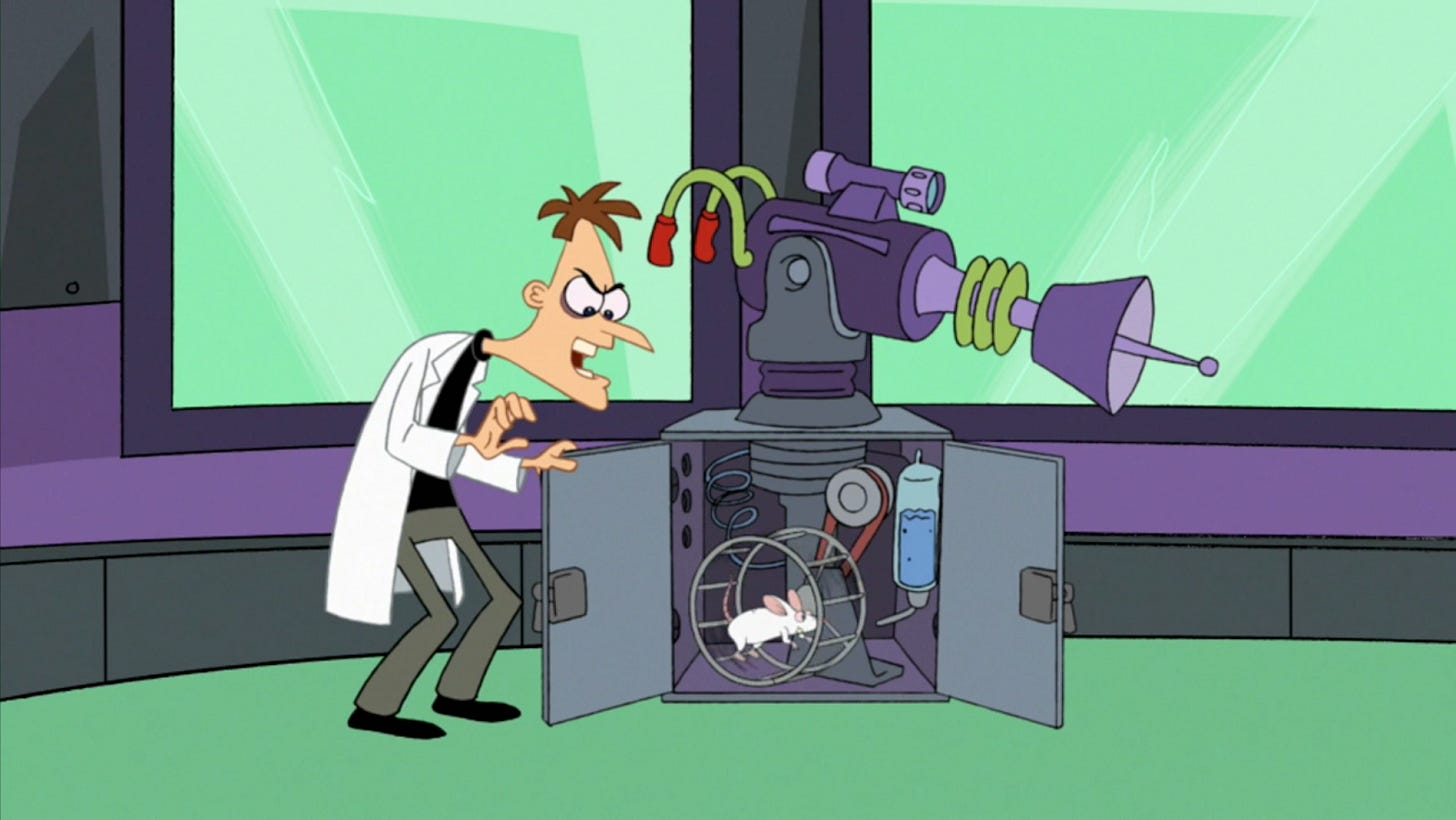
So, yeah - Tumblr took it and ran with it. Bimbo became a funny word that users slung at each other for goofs. Bimbo this. Bimbo that. Suddenly, everyone was a slut. Everyone was a bimbo. Everyone was a whore. Bimbo, slut, whore, girlie, sister, tramp, hussie, strumpet and harlot - they became terms of endearment for users to share with one another, and, of course, their favorite character. And I mean all of them. This is one of Tumblr’s favorite sluts of 2023.
He’s so #babygirl, isn’t he?
But you know what the problem with running jokes is?
They always catch up with you.
Perhaps the meme broke containment on Tumblr like some sort of virulent biohazard. Maybe Tumblr had nothing to do with it at all. But, eventually, bimbofication found its way to TikTok, and the results were, as they always are with TikTok, disastrous. The thing about Tumblr is that it’s no longer the site it was in 2013 - these days, it’s basically a bunch of mentally ill queers that are some of the internet’s most prolific shitposters. And I mean that as a term of endearment, because it’s an upgrade from what Tumblr used to be. They say a lot of dumb shit, but no one - no matter how much they called one another a bimbo or a slut or a baby girl - was actually going to, y’know, try to play the part. The humor was that they and the characters they were calling bimbos were patently not bimbos and, usually, weren’t women, either.
TikTok, however?
Running jokes don’t catch up with TikTok’s userbase, they run up behind them, sucker punch them, and them curb-stomp gangland execution style while they’re down. And then string up the body for fun. I don’t think irony is a concept that registers with most of them.
I don’t really need to explain the tenants of bimbo feminism, do I? It’s kind of self-explanatory; using the traditionally negative tropes and associated with the bimbo archetype - being a dumb, vapid, shallow, and materialistic gold-digging slut, to put it simply - and wield them loudly and proudly as a form of empowerment.
It seems a bit to me like how a victim of abuse will put themselves down to preemptively save themselves the hurt of having someone else do it. More than that, though, it’s basically an attempt to reclaim a slur, kind of like how homosexual men call each other every homophobic slur in the book as terms of endearment. I’m not sure bimbo was ever a slur on par with fag, but whatever. Remember that scene from Clerks II when Randall wanted to reclaim the term porch monkey? Yeah - it’s that, only without a shred of awareness.
This scene is so funny that I actually refuse to believe Kevin Smith had anything to do with writing it.
To be fair, though… I get it. I see the logic. Even though the term bimbo has been used historically to demean and humiliate women, it’s usually used in the context of someone who’s dumb, but attractive. It’s something of a back-handed compliment, almost. Personally, I always thought it sounded like a fun pet name for your partner, but I dunno if that would fly in most relationships. But, either way, the term is inherently tied to the sexuality of a woman. The embrace the label of bimbo as a means of empowerment is to wield both sex and sex appeal as tools of power. Sex as a weapon or a way of leveraging power is a tried-and-true tactic in the playbook of history’s most powerful women. Cleopatra managed to politically outmaneuver her brother and sister and every other politically important Egyptian by spreading her legs for Caesar, and, when he was out of the picture, she moved on to schmoozing with his spiritual simp-sessor successor, Antony. Bad move not buddying up with Octavian, but, at the same time, they were both too ambitious to ever play nice with the other.
When Princess Sophie of Anhalt-Zerbst rode to the military barracks in Saint Petersburg to launch a coup against her husband, Tsar Peter III, she’d already done the heavy lifting and gotten every noble worth a damn in the city to support her cause. Rumor is that she could be very persuasive. And not just with her words. The official story is that rumors of her sexual escapades before the took on the street name Catherine the Great are extremely over exaggerated, but it’s pretty undeniable that she kept her closest subordinates like Grigori Potemkin4… very close.
Theodora of the Byzantines was what today we might call an exotic dancer. There’s debate about just how exotic her dancing got, but it seems like a safe bet that, even if she was just a simple actress, she probably was running a side-hustle of a most scandalous nature. When she met her future husband and future Byzantine grand poobah Justinian, she must have turned on the feminine wiles hard because he was so smitten with her that after his aunt, who told him that he was not going to marry some street strumpet, died, he literally changed the laws so he could marry her. It’s also said that they bonded over a shared love of sports, which kind of makes me imagine the two of them being one of those football couples that wear matching jerseys every game day, but I’m sure the fact she could throw it back and lay it down like damn also had something to do with it, and it secured her position as one of the most powerful women of her time.
I’ve heard people disparage these women before as using their pussy for power, but, the thing is… well, it’s kind of like the old engineering adage; if it’s stupid and it works, it’s not stupid. And these women were not stupid. You don’t get to their positions by being of sub-par intelligence, especially not in a day and age that some would say is less enlightened than our own, and no woman was just going to talk their way into a position of power, and they sure as Hell weren’t going to get voted in, either. They had a tool at their disposal - they used it to its full extent to get what they wanted.
We can hand wring about the ethicality of it all day long, but, here’s the rub; us men don’t like to admit it, because it reflects poorly on all of us, but there are a lot of really, really dumb men out there. There are a lot of really, really horny men out there. There’s also a lot of really, really smart men, too, but when they get really, really randy?
That’s when disasters happen.
For want of a bitch, kingdoms are lost.
There’s also several sources I’ve seen that equate the bimbo archetype of the 2020’s to the flapper of the 1920’s, and see the former as something of a cyclical resurgence of the latter. I certainly see the parallels - a generation of girls, coming of age in a society grappling with the trauma of a decade of furious war, rebelling against tradition by dressing in outlandish, showy, and colorful fashion and indulging reckless, deviant behavior.
Given the way things are going at present, the bimbos of 2023 may meet a similar end as the flappers of 1923, as well.
It should go without saying that bimbo feminism had a moment in the mainstream with help from none other than the Last American Girl herself when her movie launched this summer.
Barbie, whether Mattel wants to litigate in court with Danish euro-pop bands or not, is the prototypical bimbo. She’s a bottle blonde. Not too tan, not too pale. Pretty face. Cinched waist. Slender physique. Literally made of plastic.5 She loves clothes, she loves shopping, and, of course, she loves the color pink. It’s all pink with Barbie. It only made sense that, if there was going to be a face attached to the movement, it would be that of Barbie.
Ultimately, bimbo feminism itself was only in the mainstream consciousness for as long as the Barbie movie was. This to say, it was only a few months before the next big thing came along and sucked the oxygen out of Barbie’s Malibu Dreamhouse, but, in a day and age where memes, trends, and media tend to have all the staying power of a mosquito bite, it not a mean feat. However, just as it had been lurking beneath the waters of the cultural zeitgeist for quite a while prior to its surfacing with the Barbie movie, bimbo feminism has left a lasting impact on the movement’s psyche that continues to linger like a bruise. Even though a pro-sex message has been popular in feminist circle long before bimbo feminism was even a joke on Tumblr, it’s now wrapped in the bubblegum pink and bleach blonde aesthetics of Barbie. No longer do you have the pasty, obese, blue-haired mutant with sloppy tattoos and lip piercings preaching the virtues of casual sex - now, it’s girls that actually look like they’ve seen a penis before.
Whether this is good or bad - that’s for you to decide. If you can read between the lines, you can probably tell where I come down on the matter, but I don’t want to get side-tracked into a digression where I explain why bimbo feminism is or isn’t any more ethical than any other variant of it. I didn’t bring it up to dissect with a moral scalpel.
No, bimbo feminism is pertinent to this discussion for two reasons. For one, Barbie is basically the mascot of it. For another, I find the main major critique of it within feminist circles to be emblematic of a wider issue in society, and one of the chief failings of the modern American Girl brand.
The first three fronts on which American Girl under Mattel has suffered is from the cheapening of the experience and product to appeal to a wider audience, and abandoning the historical and educational groundwork on which the series was built and focusing heavily on more modern characters - again, to appeal to a wider audience - and, of course, the general decline in the quality of the stories and characters that made the line so successful to begin with. But, this last point - it’s a little harder to pin down. It’s not something material. Or, maybe it’s too material. But, I think it’s not an issue that solely applies to the American Girl brand. No - I think it’s a malaise that has currently enveloped the entirety of Western society.
Critics of the bimbo feminist way of thinking - of which there are many, and many are more traditional feminists, since most other people don’t really care enough to think this hard about it - level exactly the kind of criticisms at it that you would expect; by reveling in traditionally negative stereotypes of sexually active and available women, those negative stereotypes aren’t actually being subverted, they’re being reinforced. It boils down feminism into a glossy, superficial, and sexy movement to appeal to the sensibilities of the social media age, when it’s historically been anything but. So on and so forth. You can read a brief refutation by here, if you really want.
One critique that I didn’t see as much as I would have expected is that, if bimbo feminism is embracing one’s femininity, as it’s so often said by people who follow the trend, then that, to me, seems to be a tacit admission that femininity is exactly what the most boorish and truly mysoginistic men think women actually are - vapid whores. It’s basically reducing womanhood and femininity down to a very base, very crude, and hyper-sexualized set of tropes and stereotypes. It’s lurid. It’s pornographic. It’s garish, it’s tacky, and it’s cartoonish, and I know that’s the point, but I don’t think it works to subvert the male gaze as much as I think anyone who seriously thinks strutting around in hot pink booty shorts and cowboy boots might think it does.
But, this also begs the question - what is a woman? Because, apparently, it isn’t what’s between your legs. It isn’t what chromosomes are in your genetic constitution. If being a woman isn’t dictated by those simple things, what is it dictated by, then?
Well, I’m told that, if you believe you’re a woman, you are a woman. That’s all well and good, I suppose, but, if you say you’re a woman, and you believe you’re a woman, and, for all intents and purposes, you are a woman, how do you express it? How do you show the rest of the world just how much of a woman you are?
If Barbie taught us anything, it was that you can be whatever you want to be - provided you have the right outfit for the occasion.
And, that’s really the rub on the phenomenon of bimbo feminism. I think it’s rise and genesis is multi-faceted, but I think it’s not a cause, but a symptom of a sick society where being femininity and womanhood, just like everything else, has been stripped from us, turned into a commodity, and sold back to women at a premium. Notice how the bimbo archetype heavily centers around fashion, cosmetics, and, most importantly, shopping. That isn’t a coincidence. Traditional feminist chastise the bimbo feminists because they’ve basically reduced womanhood to a crude caricature and costume. I don’t think the bimbos did anything; I think all the heavy lifting was already done for them.
And don’t for a second think that this is unique to womanhood. Manhood is on sale, too. It’s why we have gendered yogurt.
It’s the reason that, for several years straight, everything that was marketed towards men had something to do with beards, bacon, and beer, because urbanite bug-men were insecure in their masculinity and thought they could supplement their lack of testosterone by growing a patchy beards and wearing shit with beards on it and getting tattoos of beard silhouettes and moisturizing their facial hair with fucking bacon grease - it was so fucking foul. If you were there, you remember the type. I call them the Boom Stomp Hey types because that was the type of tepid, insufferable music that was popular at the time, and every band that played it seemed to consist of these wretched people.
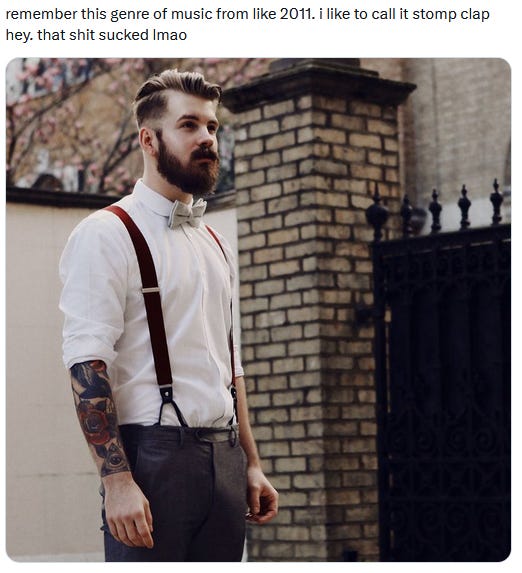
Boobs used to make up the fourth pillar of that faux-masculinity façade, but, by the time it was really taking off in 2012, Obama’s second term and was fashionably polite to be a sexless eunuch as to not offend the sensibilities of women, so, short of having one of those goofy SAVE THE TITTIES! wristbands, you weren’t allowed to even acknowledge that women had boobs.
The point is, in the West’s quest to reduce everyone into featureless gray consumer units, they’ve stripped away gender as any meaningful distinction, and turned both masculinity and femininity into garish caricatures and wacky cartoon costumes for anyone to put on and take off as they please, and the corporate powers that be are happy to sell, so long as your buying. Identities are something you are anymore. These defining traits don’t naturally arise. They’re all prepackaged and sold at Wal-Mart and Macy’s and Target and distributed by Amazon.
Now, you’re probably asking yourself - what the fuck does this have to do with American Girl dolls?
Well, in a world where girlhood is a concept that is something to be consumed rather than developed or discovered or even just something you have by virtue of being a prepubescent with two X chromosomes, the concept of what makes an American Girl is up for debate. Hell, the girl part of the equation is bad enough - if we tried to tackle what makes an American in 2023, I’d be writing articles on these dolls for another month.
But, anyone who’s honest with themselves knows that masculinity and femininity are not commodities to be bought or sold. A man with a beard can still be a cowardly, weak-willed pussy, regardless of how much bacon-branded tat he has in his house or power yogurt in his fridge. A woman can wear the most fashionable designs and still lack an ounce of feminine compassion or emotional literacy. Masculinity and femininity are not costumes - they’re a set of vastly different yet complimentary traits and sensibilities that transcend the physical space and represent something more spiritual entirely, qualities that can’t be quantified or priced or predicted with market analysis.
More than that - they’re timeless. Despite what you might think, what it means to be a man or woman in modern America is not whatever the porn-sick, media-addled, and over-socialized masses of today think, if they think about it at all; I’d say that what it means to be a man or a woman in modern America is the same as it was in 1944, or 1844, or even 1744, because men and women have, on a fundamental, spiritual level, still not changed.
Or, at least, what they should be doing hasn’t changed - just what they think they should be doing. Modern women have been told by the establishment into thinking that working miserable, thankless, office jobs is more fulfilling and empowering than finding a good man raising good children. Modern men have been told by the establishment that living a life of perpetual adolescence filled with video games, Marvel movies, and porn is a suitable substitute for finding a good woman and raising good children. One look at the ever-increasing rates of depression and suicide will tell you everything you need to know about how that’s going.
Where does American Girl fit into this? Well, as stated many times, the books and stories and characters are well-written enough to be appealing and enjoyable to boys as well as girls, but one of the original intentions set by the Pleasant Company was - and I’m nearly quoting from their own marketing, here - to show what being a girl in different times in American History meant.
Just as they did an effective job at giving a sense of historical awareness to a young reader, I think they could also give a sense of the timelessness of what it means to be a girl, and the transcendent qualities of it unbound by contemporary fashions, sensibilities, aesthetics, and other such trappings.
And, of course, if the Great Satan of modern America won’t let children have their history -
Why would they ever want them to know that there’s more to gender than the clothes you wear?
While American Girl has yet to fully commit the progressive faction of the Culture War, the fact that they’re owned by a company as big and influential as Mattel should be enough to tell you which way they lean. They’re fully committed to the ESG cause, and, even though they no longer seem to do all that much in political patronage after a large scandal in 2002, they did toss a little cheddar to various politicians over the past couple year. Chuck Schumer was the top recipient.
You can see more of what Mattel’s political leanings are here. It’s worth noting that the current CEO - Israeli business mogul Ynon Kreiz - was a former Disney executive, founder of the infamous Makers Studios during his time there, and came up in the business world under the stewardship of one of the Democrat Party’s largest single-person donors, fellow Israeli and entertainment tycoon, Haim Saban.
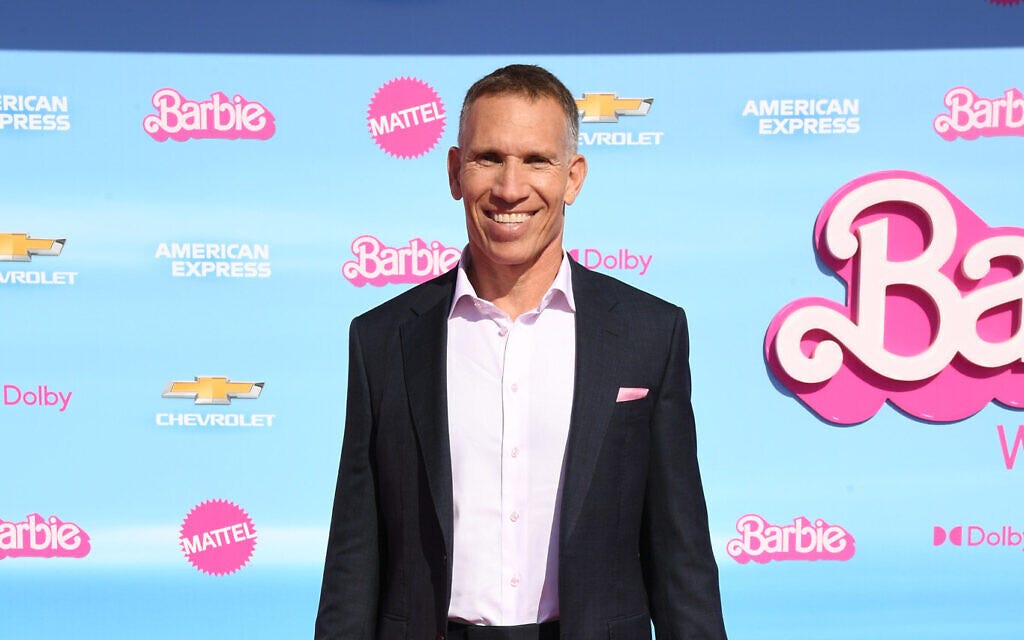
Much like Saban, I doubt Kreiz has any real political convictions outside of, Does supporting this cause make me money? and an unwavering support of Zionism, of which Saban is considered one of the most influential pro-Israeli lobbyists in America, but I’m gonna go out on a limb and say that Kreiz is a guy who votes blue no matter who.
American Girl’s first and, so far as I’m aware, only real dalliance with going woke is a book called A Smart Girl’s Guide: A Body Image Book that was published under their label in 2022, which included instructions and resources on how to reach out for gender-affirming care if you don’t have an adult you can trust. Pretty heinous stuff, especially for a first offense.
I’m honestly surprised that there isn’t a transgender character among the extensive line-up of Girls of the Year yet, but I also wouldn’t be all that surprised if one isn’t far down the pipeline.
But, it’s not really about what American Girl has been putting into their most recent characters and stories. It’s about what isn’t in them. Here’s a few of the more recent Girls of the Year.
Meet Corrine.
She looks like an anime character. Probably because she’s half-Asian. She lives in Aspen, Colorado, which is how you know her story is fiction, because the only people who live in Aspen, Colorado, are retired boomers, since they’re the only ones who can afford to live there. She also has teal streaks in her hair even though she’s, like, eleven, because it’s cool. She’s a bit of a tomboy - she likes to snowboard, because that’s also a cool thing to do. Her parents are also freshly divorced. Cowa-bummer! Did I mention she snowboards? Because she does. And that’s cool. Hang ten, Corrine!
Meet Joss.
We touched on Joss briefly above, actually. She lives in California, and she’s a totally radical surfer girl. Cowabunga! Sometimes, she goes skatboarding, too. Woah! Righteous! She’s a bit of a tomboy - but she also likes to do cheer, because that’s a thing that girls do. She’s also hard of hearing, so she wears a hearing aid, but she can understand sign language if it’s not working, but it usually does, so it doesn’t matter. Surf’s up, Joss!
Meet Kavi.
No, she doesn’t have down syndrome, the artist just took some artistic interpretation with how far apart normal human eyes are. She likes to dance, and she likes to make music, and she’s of Indian descent. What part of India? I dunno. It doesn’t matter. But she likes Bollywood, because that’s the most easily recognizable of the dozen regional cinema industries of India. And she likes to dance, because, those wacky Indians - always dancing, they are. Oh, and, of course - she’s super cool. Lamb vindaloo, Kavi!
Meet Lila.
She’s the current Girl of the Year for 2024, even though they released her only a month ago as of this writing. Desperation? Don’t be silly. Lila lives in St. Paul, Minnesota, but you probably already read that. She’s of Italian descent. Arrevaderci! She likes to do gymnastics, but you probably already got that from her clothes and the bag with the strap that says Eat Sleep Gym Repeat. Very cool, Lila.
She also likes to ride horses, but only when she can’t do gymnastics. Because, apparently, the only thing these fucking girls do are sports. Oh, or science.
I’m not gonna go into detail on the other girls, but, trust me, I read the dossiers of each one of these fucking girls like I was picking out my own Dirty Dozen or Ocean’s Eleven, and, apparently, American Girl is under the impression that girls have one of three interests: sports, animals, or science. What kind of science? Doesn’t fucking matter, okay, they just like science. The only exception was Kavi, and, even then, I’m hesitant to give her a pass because her main thing is dancing and that’s still a physical activity.
And, yeah, sure - girls certainly have been known to like those things. I’m not saying they aren’t. I’ll also say that it’s a hell of a lot more optimistic than what some people would say modern girls are interested.
I’m also not saying that we need the 2024’s girl of the year to come with a shirt like this:
As funny as that would be, I don’t know if the world is ready for a gamer American Girl. I think we have a surplus of those as it is, actually.
But, would a little variety in their hobbies in interests really be that difficult? Well, given the caliber of writers on call with the brand, probably. I don’t know if they’re aware of this, but there are hobbies and interests that girls - hell, anyone can have outside of sports, animals, and some ambiguous science. What about woodworking? Sculpting? Basket-weaving? Knitting? Sewing? Painting? Computer science? Tibetan throat singing? Cryptozoology? Maybe they’re part of a 60’s girl group revival outfit? Why don’t we have an American Girl who’s a tobacconist or sommelier? I mean, yeah, they’re, like, ten years old, but I’m just spit-balling here.
It might be forgivable that they have similar interests if they also weren’t basically carbon copies of each other. These Girls of the Year come in three flavors - the sporty ones are generically cool and tomboyish, the science-y ones are generically cool and smart, and the ones that like animals are wilting wall-flowers that are afraid of their own shadows but, like, love bunnies and puppies and kitties. I hate to say it my mind even went here, but you basically just have… well, this.
Except, believe it or not, the colorful cartoon ponies have more fully-fleshed out personalities and distinct interests than the American Girl characters.
The main problem seems to be that the character developers, designers, or whatever, are afraid of making any characters that might be… un-cool. They have to fit a very narrow definition of what it means to be a girl, and fit into one of three generic girl-character molds of sporty and cool, smart, and nice and shy. I’m surprised that they didn’t just go whole hog and copy-paste the hardworking farm-girl hayseed, rich bitch fashionista, and spastic ADD sugar junkie sperg archetypes from the other core characters of My Little Pony: Friendship is Magic, too.
Obviously, if you’ve ever met a girl before in your life, you know they tend to come in a few more variations than that. At least a few.
And that’s really what it comes down to - a narrow view of femininity. It’s all has to mesh with a kind of femininity that can be easily sold and easily consumed. Simple, easy-to-understand and easy-to-swallow, pre-packaged identities of being the smart one or the sporty one or the nice, shy one. Nothing can be unique. Nothing be challenging. Nothing can be outside the realms of what’s cool and chic and fashionable and, most importantly, marketable.
Look at my main girl, Molly.
You might remember that I had some… thoughts about the aesthetic changes they made to her when she was relaunched under the BeForever branding. Well, it wasn’t just hyperbole for the sake of comedy; I really do think that, of all things, altering her glasses really was tantamount to erasing half of her character. It isn’t just because they’re recognizable, if not one of those iconic features that come to define a character, but that small detail - just her glasses - speak not just to her, but the time period she came from. The thing is, Molly isn’t fashionable. Even for the time period she’s from, she’s a bit of a square, and, I know, I know -
But still. She has these aspirations of being an actor or a singer or a dancer, glamorous professions that are all at odds with her less-than-glamorous sensibilities. She’s contradictory in the same way that Samantha was smart and astute but also sheltered and unwise to the ways of the world outside her walled garden. I’m less familiar with the character of Kirsten, but, like Molly and and Samantha, her less flattering character traits of being stubborn, a subpar listener, and a tendency to wander off are listed beside her better qualities. These character’s don’t slot easily into these rote character archetypes that seem to define the newer character.
But do they need to be? Can they not be unflattering? Can they not have flaws? Can they not have contradicting traits? Or, would that be bad for sales and marketing?
I remember in one of Molly’s books, there was one girl in her class that she really didn’t like, and she was just… kind of a bitch to her? I don’t have a daughter of my own, but I have friends that do, and I know damn well that when a little girl doesn’t like you… man, forget Hell hath No Fury Like a Scorned Woman, the saying should be Hell hath No Fury Like a Little Girl who Arbitrarily Decided that She Doesn’t Like You. The good thing is, unlike a scorned woman, little girls tend to get over themselves pretty quick, but, when they decide they don’t like something or someone, you’d best hope it isn’t you.
And you just don’t see that in the Girl of the Year girls. At least, not that I saw. And yeah - I read some of the books. It’s not like reading Joyce, or anything. Even if I was but a wee lad once more, reading the Girl of the Book years, I would have been bored stiff.
Look - Substack tells me that this article is nearing an hour’s length in reading time, so, I probably need to start dialing it down. You see what I’m saying though, right? These new American Girls - they aren’t really allowed to be, y’know… American Girls; just cardboard cut-outs of them. Self-parodies. Watered down, in offensive, easy to digest, and, most importantly, easy to uncritically consume.
I guess I can put it like this: when you were a kid, you probably knew a Molly. I doubt anyone knew a Joss. Molly is a character that you come to love. Joss is a character that was designed by a committee of creatively bankrupt corporate stiffs, ticking off boxes that number-crunchers in market research put on a docket and the lads in R&D distilled to scientifically be the most easy to like character for the most amount of people. But is easy to like synonymous with easy to love?
And, again - is it right? Is it wrong? Is it good? Is it bad? Well, you could make arguments either way. Let’s just say that I don’t think that the Joss books are going to hurt any child who might read them. But I don’t think they’re going to do much for them either. Even after years of never having thought of American Girl, I still remembered Molly and Samantha’s books. Will anyone who reads the books about Joss or Lila be able to say the same about them? Harmless and inoffensive is… well, it’s harmless and inoffensive, but, in the end, it’s like drinking a Natty Light; there’s nothing to it, and when you’re done with it, you find yourself briefly wishing you’d drank something of substance before promptly forgetting about it.
And, for a brand that was so unique and had so much to offer, it’s tragic to see it gutted, rearranged, and stripped of everything that made it different in order, all because some suits at Mattel figured it would be a good way to make a few more bucks off a recognizable name, until all that was left was just another overpriced doll and some mediocre books.
A piece of media can be good, and it’ll be entertaining. A piece of media can be bad, and it might still be entertaining. The greatest sin that a piece of media can commit?
Be boring.
“Well?”
The woman looked up with lazy, tired eyes. The smoldering filter of her last cigarette still maintained a tenuous hold between her lips, but looked fit to drop at any second. She said nothing. Her expression was inscrutable.
Molly looked back at her, gazing down her nose and through the stained, smudged lenses of her glasses.
For a long, quiet moment, neither of them spoke, the air between them disturbed only by the sound of their own breathing. There was a twinge - a physical twitch - of… of something at the corner of the blonde woman’s blood-stained lips. The beginnings of a bitter, bemused smile? The tug of of a pained grimace?
"Do it already, if you’re gonna do it.”
Molly looked down at the weapon in her hand. An M1911 - the very same her father had carried with him in Europe. The grips were tarnished. The metal, blued. The weight was satisfying in her hands. The trigger still cool against her finger. She turned back to Barbie, who’s ambiguous expression was rapidly giving way to one of naked distress and impatience. One of her hands, stained with dried and crusted blood, clenched into a fist by her side.
“What are you waiting for? Permission?”
Truth be told, Molly didn’t know herself.
So, she returned the handgun to the waistband of her skirt. She lifted her shirt and used it to cover gun’s exposed grip. When she turned back to Barbie, she was met with a stare of equal parts confusion, disappointment, and despair.
In a sudden thrust, Molly extended a hand.
Barbie’s lips parted. The dormant cigarette bounced off her thigh and onto the tile floor, where it rolled away to join the rest of the detritus and debris.
Molly, her lips pressed in a tight line, reasserted her hand.
Barbie’s hazy eyes shifted between the offered hand to Molly’s face, back and forth, back and forth, until - “I… why?”
Molly sighed. “I can’t say that I like you,” she said. “I can’t say that… that I’m alright with everything that’s happened, either. But…”
“How could I hate my big sister?”
In 2022, sales of American Girl dolls fell by 17% in the fourth quarter. Overall, sales were down by 16% across the board. This has been blamed on the under-performance of 2022’s Girl of the Year, Corrine, and lackluster sales of the re-released historical dolls. Sales in 2023 continue to decline. As of this writing, they continue to expand their brick and mortar operations, with a new location in Los Angeles opening in September of this year. Despite a resurgent Barbie brand awareness, Mattel ended Q3 of 2023 with a sales shortfall of 10%.
I showed Barbie some mercy, and she gave me some Christmas money. From then on, I kept my mouth shut.
I knew Barbie. She had the cash. It was hers. I know she kicked some money upstairs to Kreitz, but that was it. It made her sick to have to turn over money to the guys who caused her so many headaches - she’d rather whack ‘em. Anyway, what did I care. I wasn’t asking for anything, and besides, Barbie was making nice money with my connections in the stores. Still, months after the whole ordeal, the new girls were selling like trash all over. When Kavi came out in 2023, they were still trying to push Corrine from the year before.
Still, I never saw Barbie so happy. She was like a kid. We had money coming in from Los Angeles and, after a while, our whole tiff calmed down. I wouldn’t say we were friends, but are you ever really friends with your siblings? You gotta love each other, sure, but you don’t gotta like each other.
But the thing that made Barbie so happy that morning was that it was the day that Lila was being made Girl of the Year. Barbie was so excited you’d think she was being made. She must’ve made four calls to HQ. They had a signal set up so she’s know the minute the launch was over.
Y’know, we always called each other American Girls. Like you’d say to somebody, “You’re gonna like this chick. She’s alright. She’s an American Girl. She’s one of us. You understand?”
We were American Girls. Solid gals.
But Samantha, Kirsten, and I - we could never be Girls of the Year, because we came from the Pleasant Company. Didn’t even matter that we were the first. To be a Girl of the Year, you’ve got to be 100% new so Mattel can get all of the profits from your sales. See, it’s the highest honor Mattel can give you. It means you belong to the family and a crew. It means that nobody can fuck around with you. It also means that you can fuck around with anybody, just as long as they aren’t also a Girl of the Year. It’s like a license to do anything.
It’s a license to be anybody.
And isn’t that what Barbie was all about?
See? I just did it myself by calling them goods.
Though, in my opinion, I do think being clothed is a pretty good thing, and I consider myself a staunch advocate of the Put Some Fucking Pants On movement.
Co-creator Jack Ryan did have a penchant for buxom blondes, however, so… maybe not
Po-simp-kin. Is that anything?
And, as mentioned numerous times, based on a very sexual character and doll from Germany.




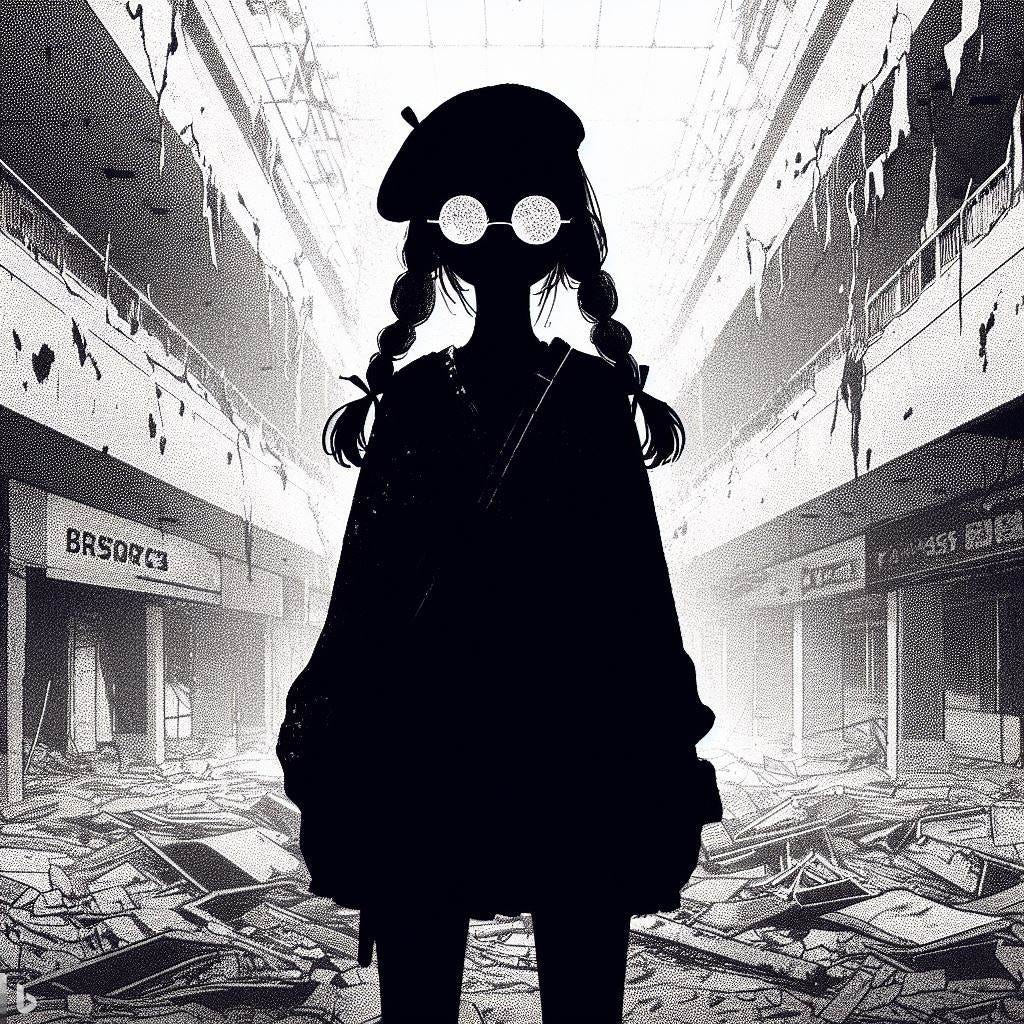


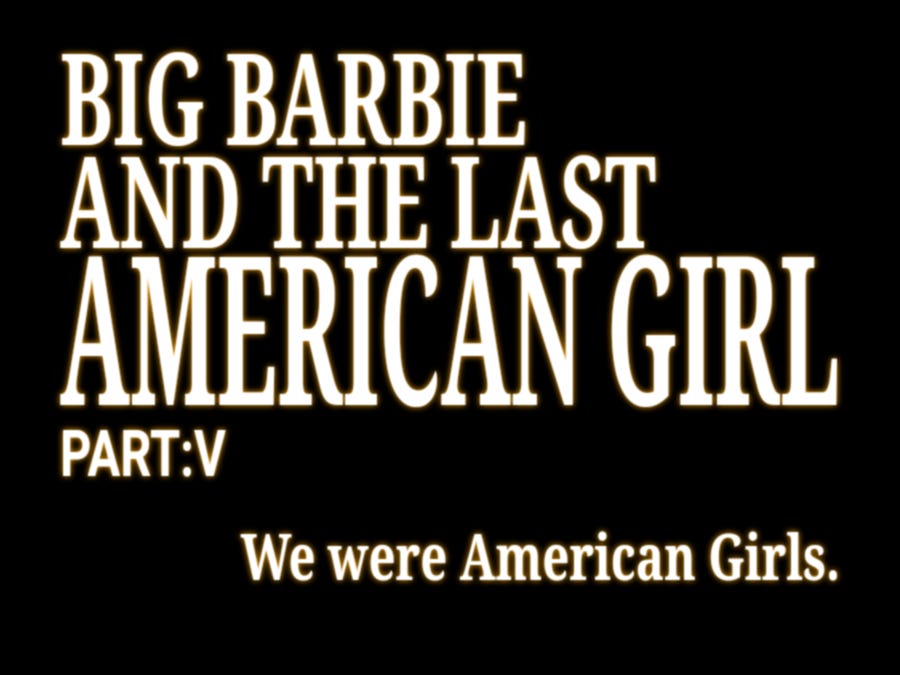

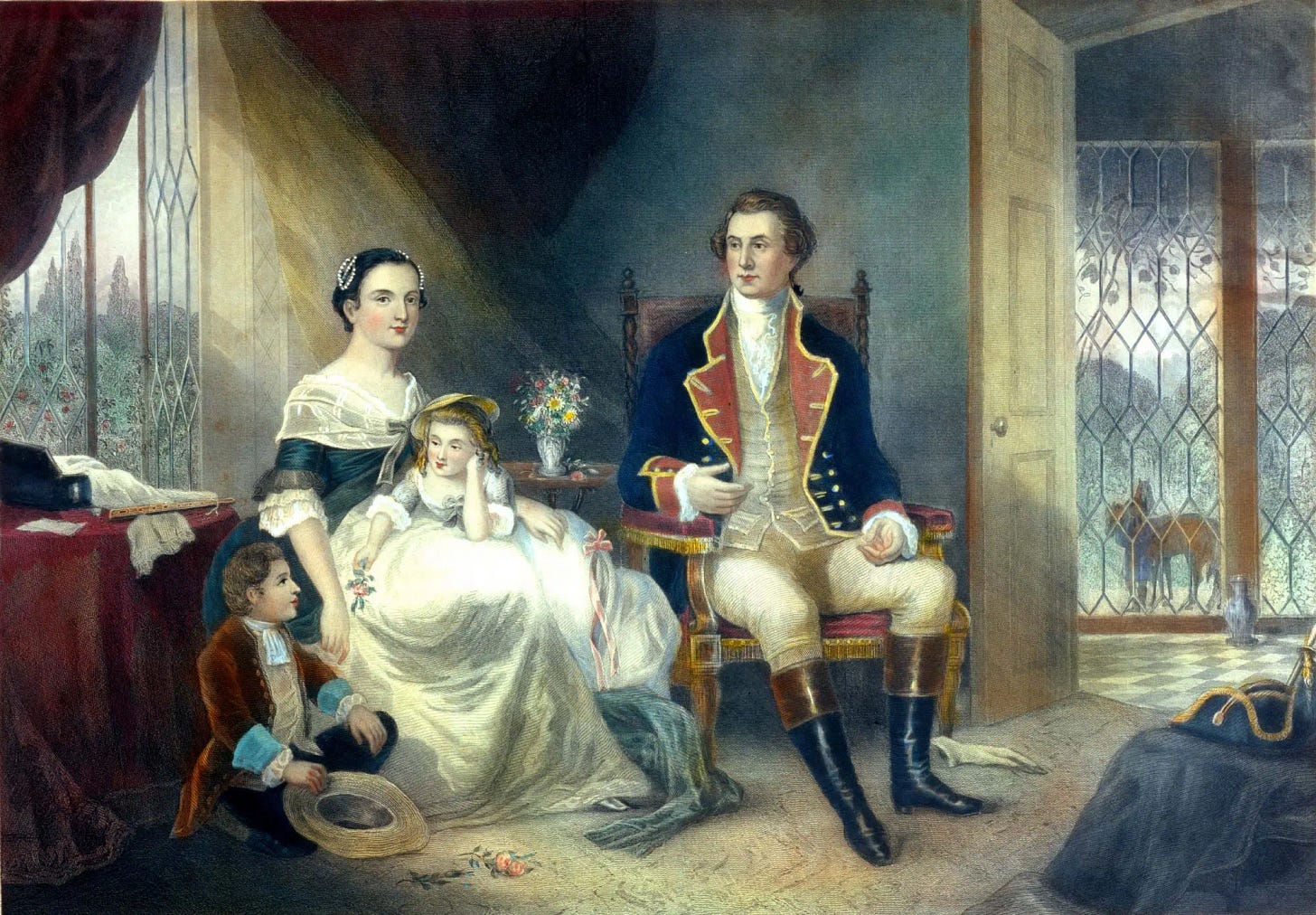
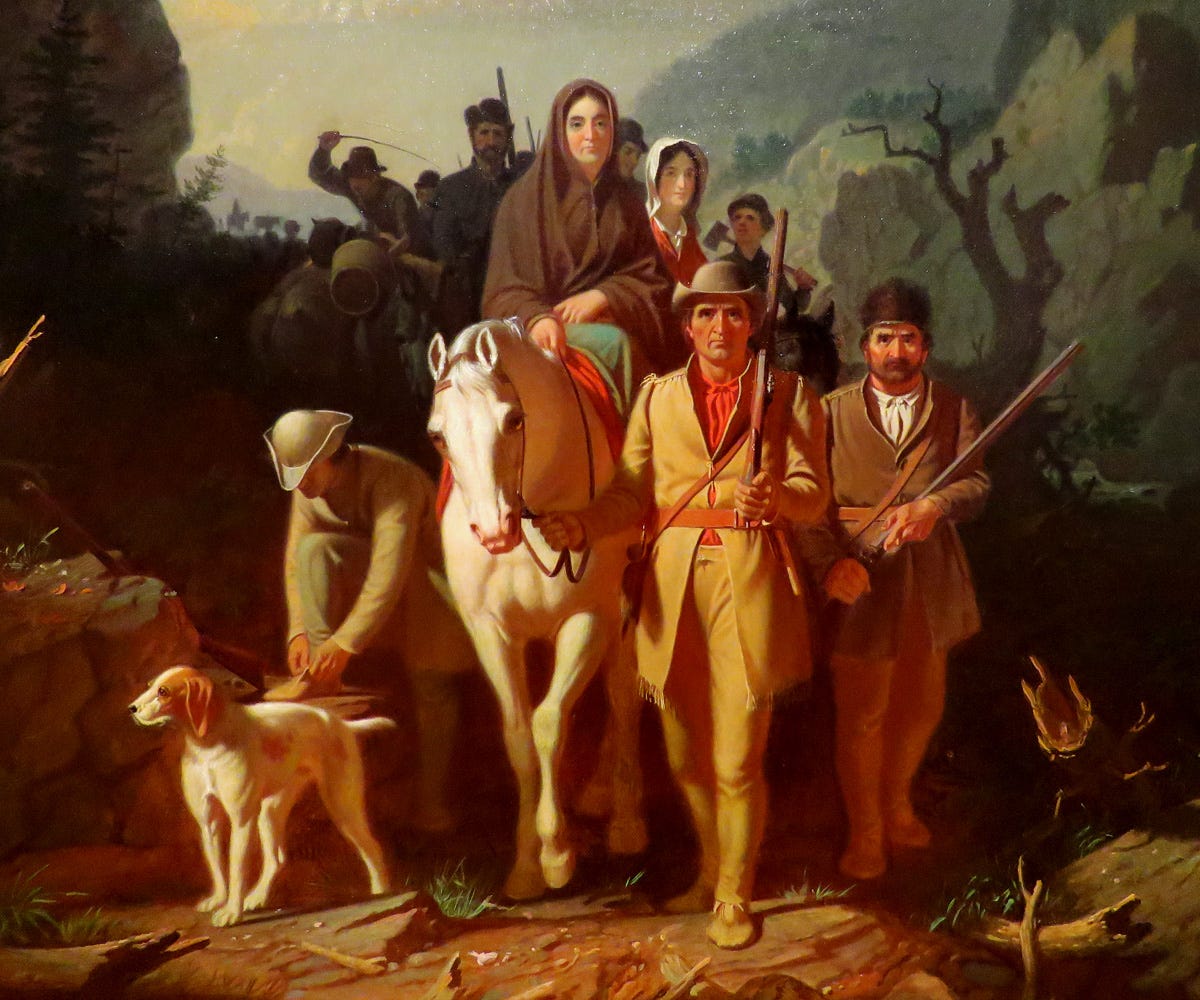
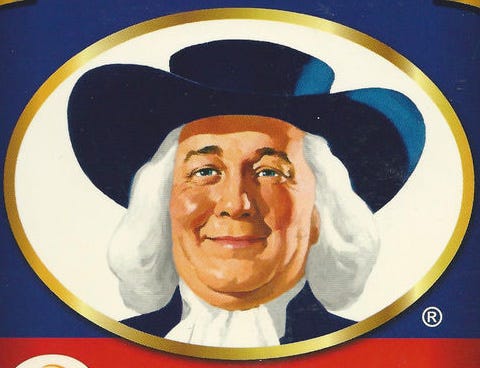



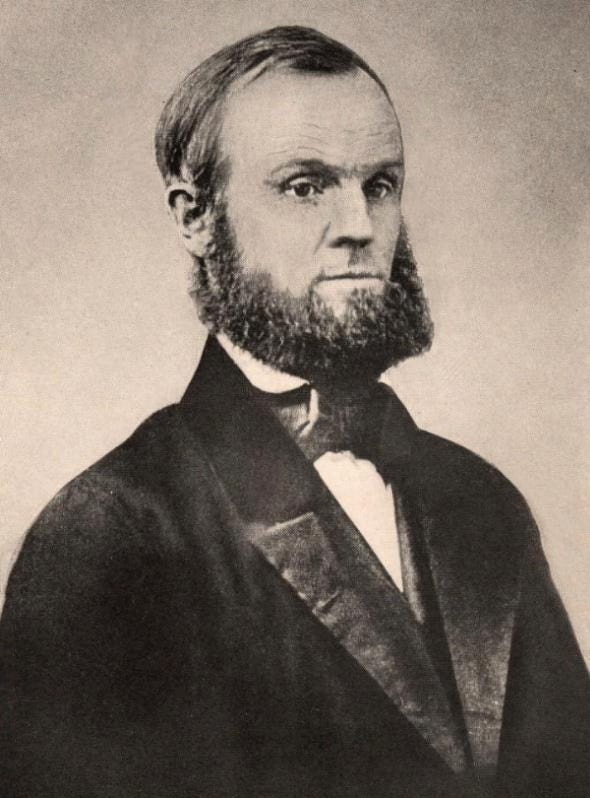


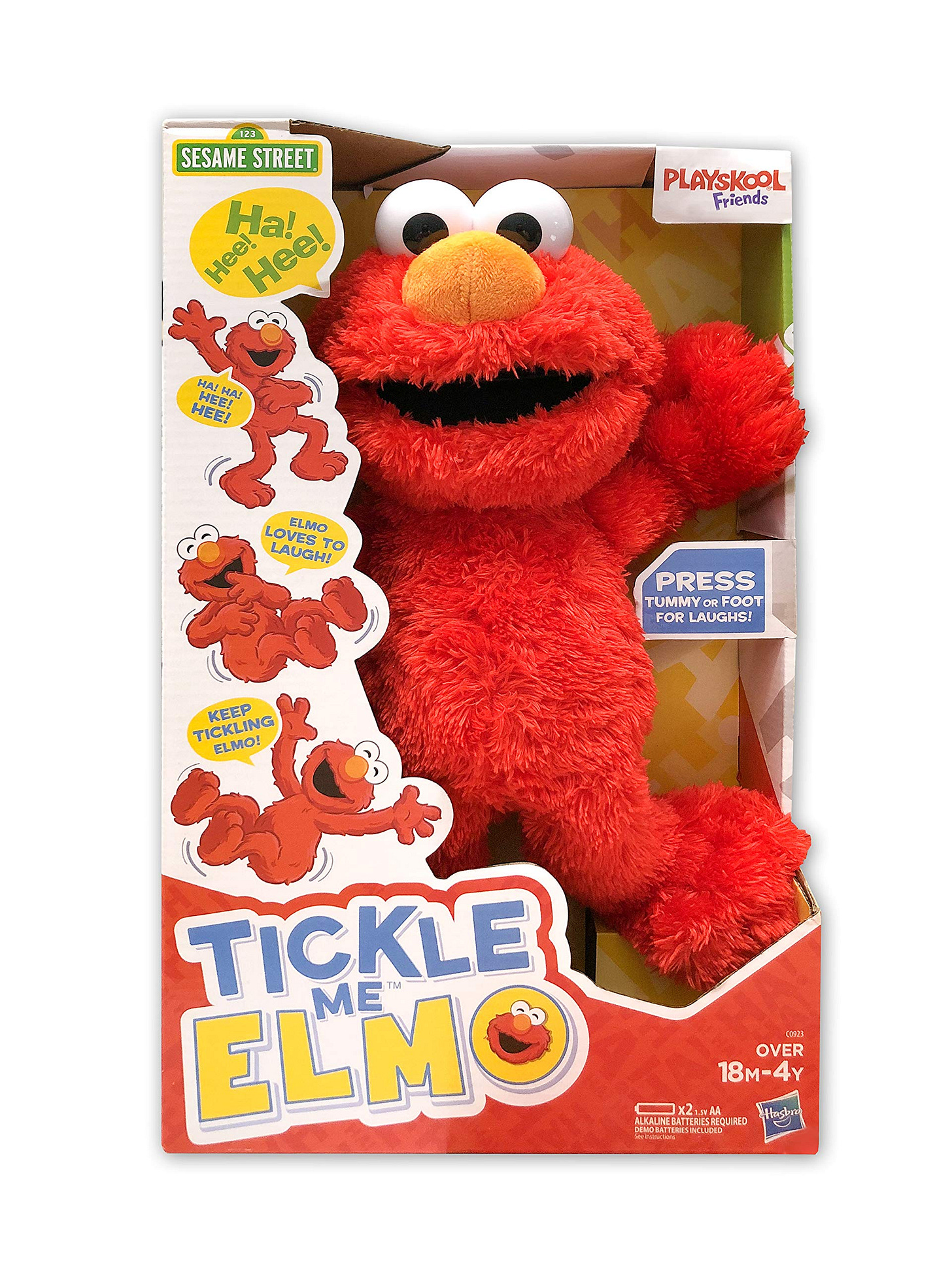
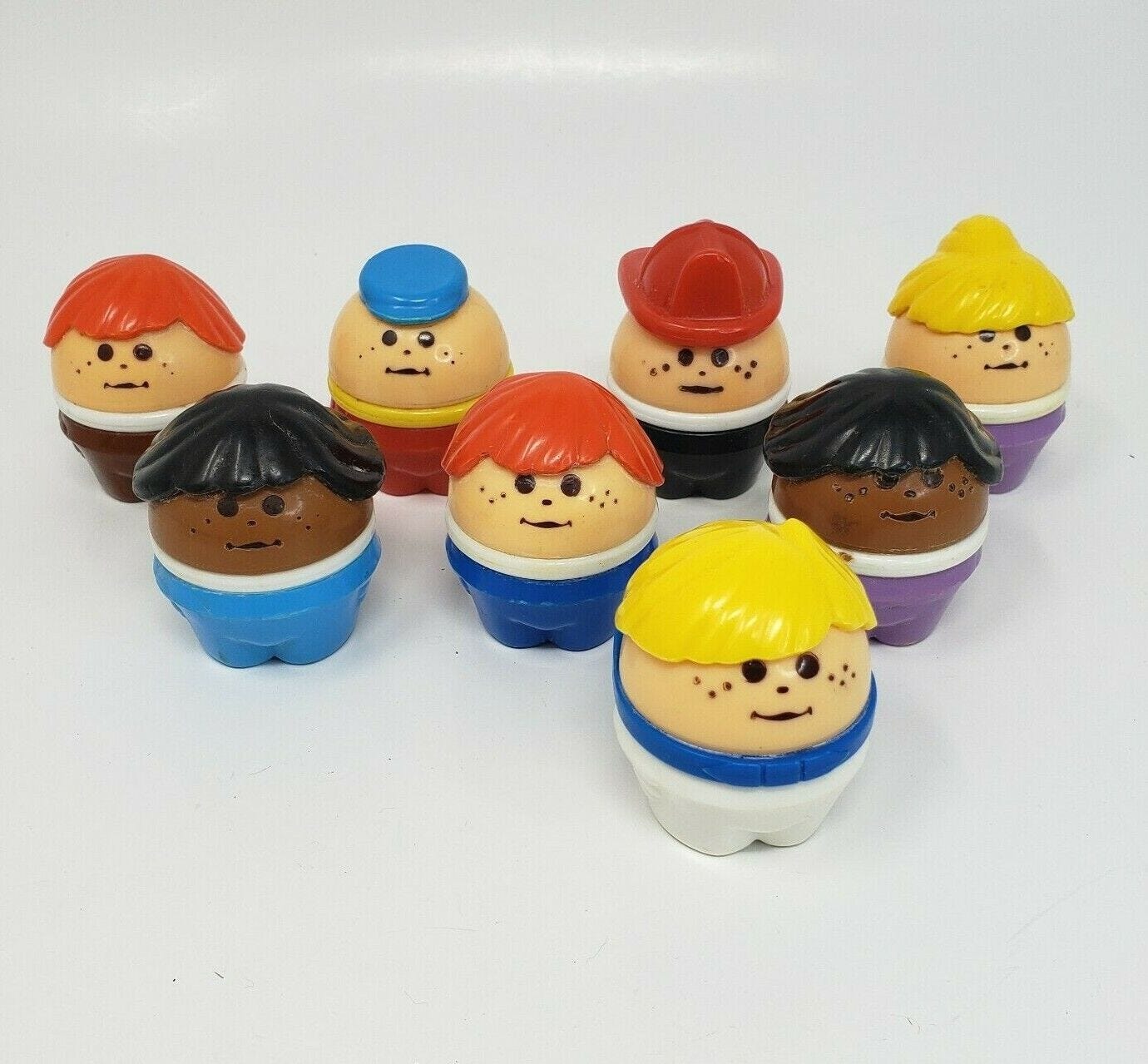


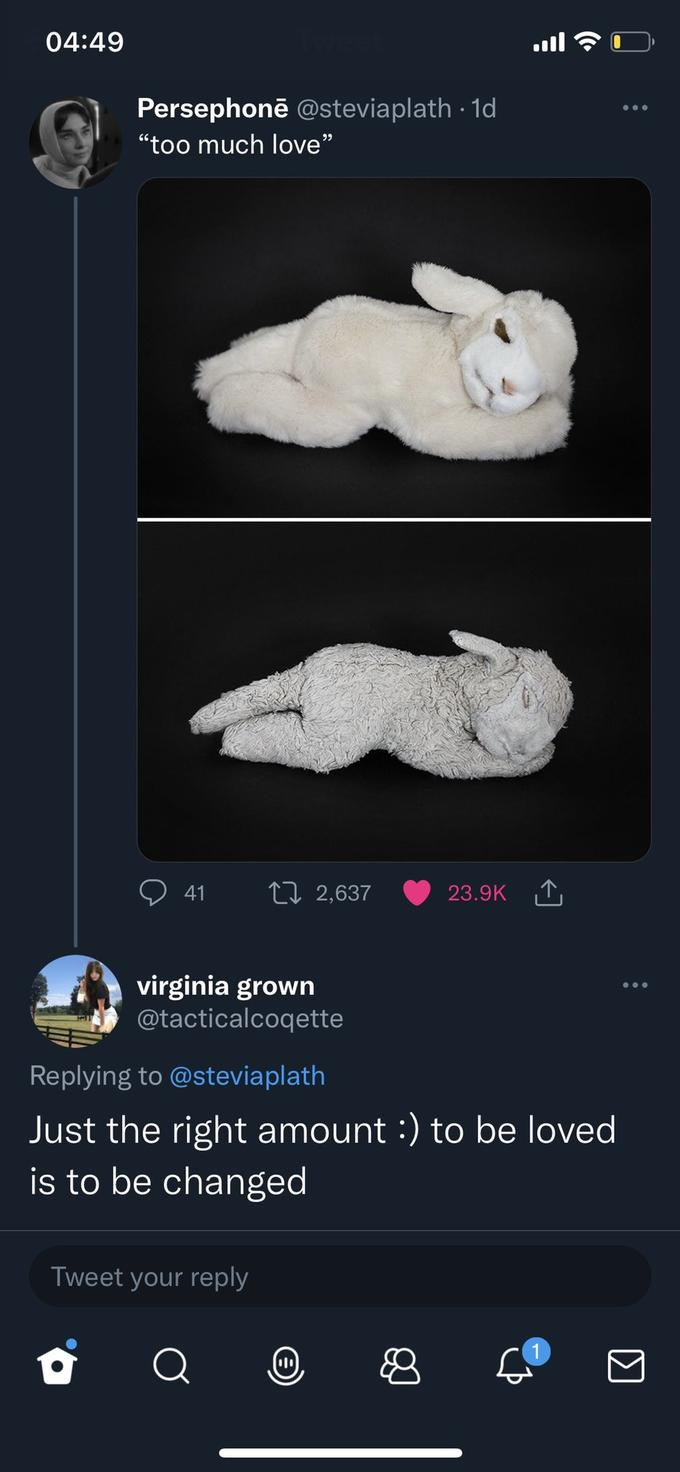
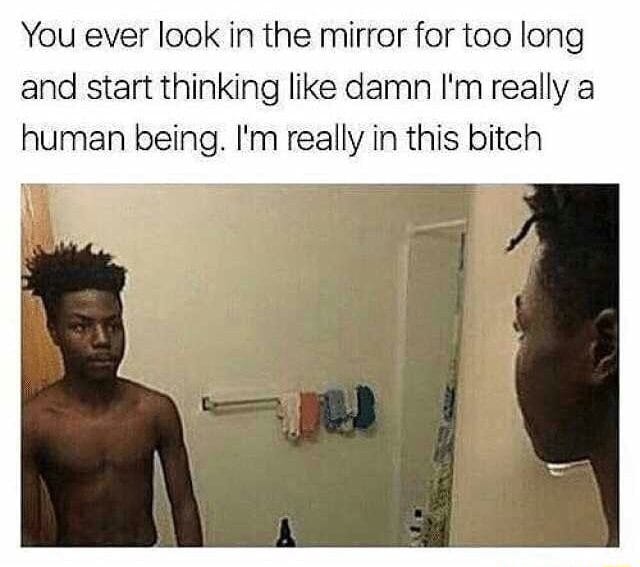
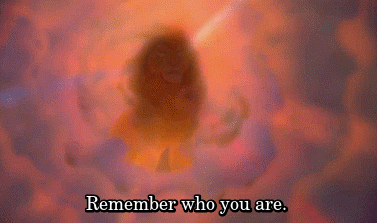
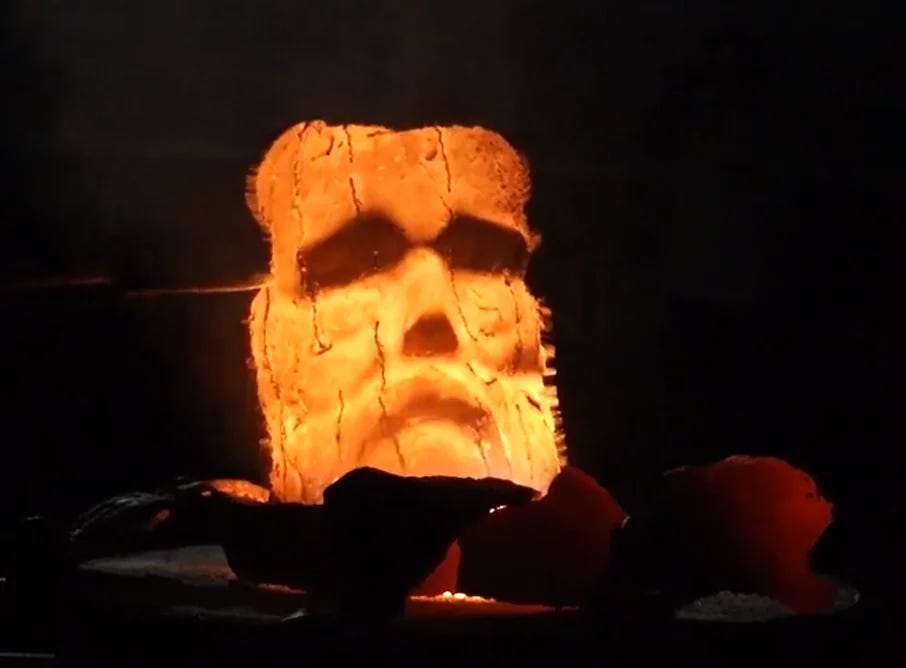

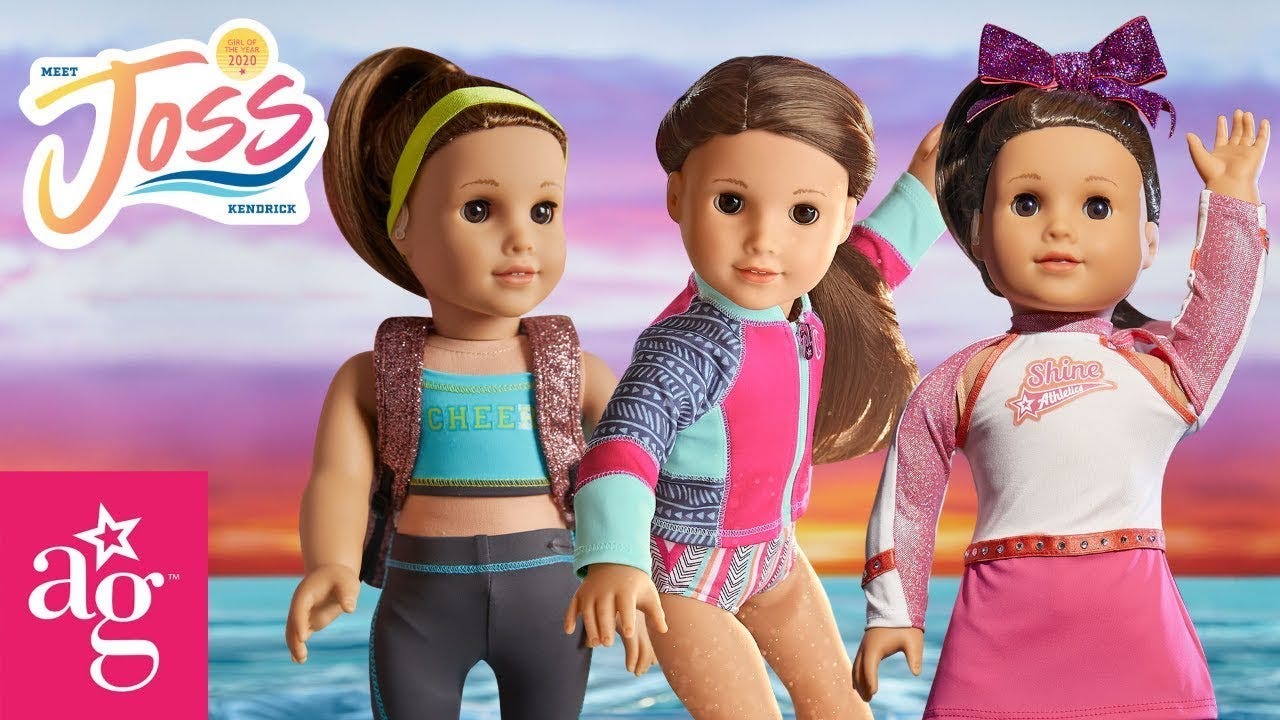

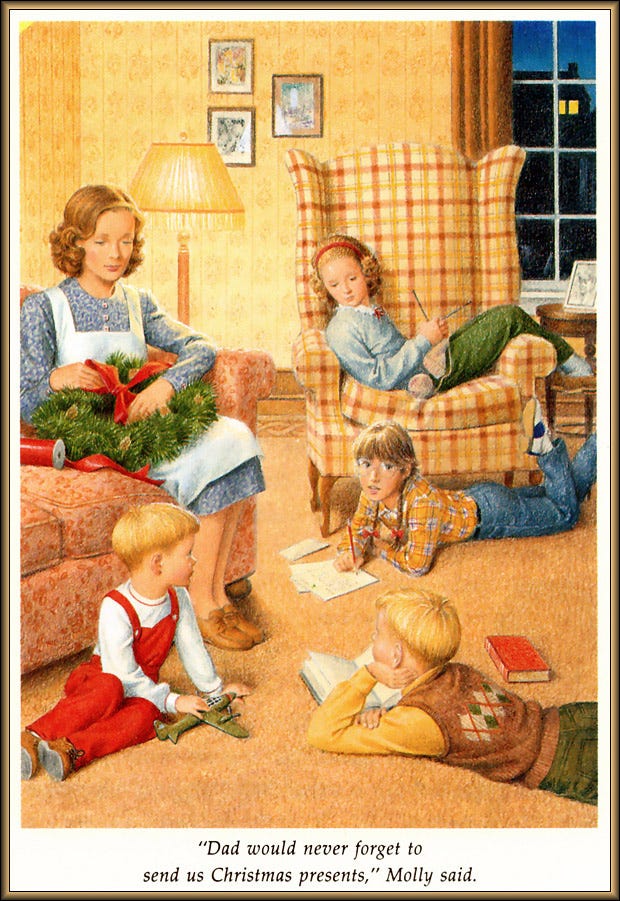
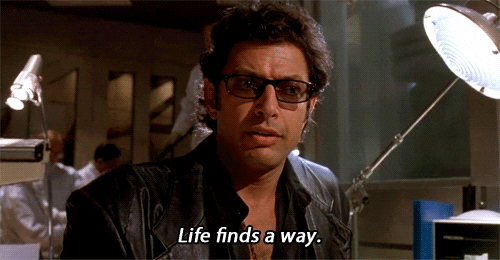

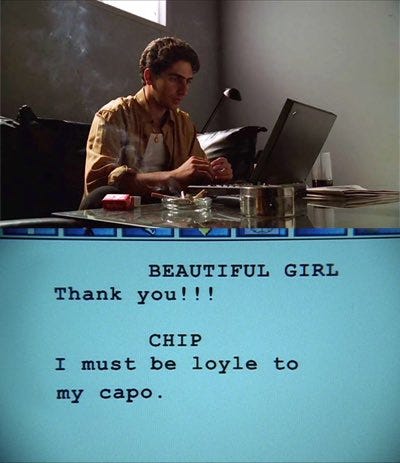
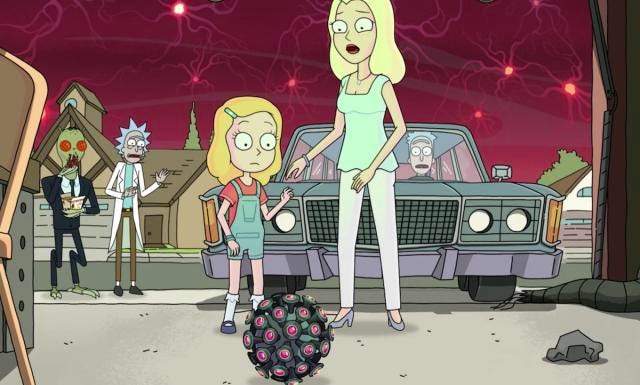
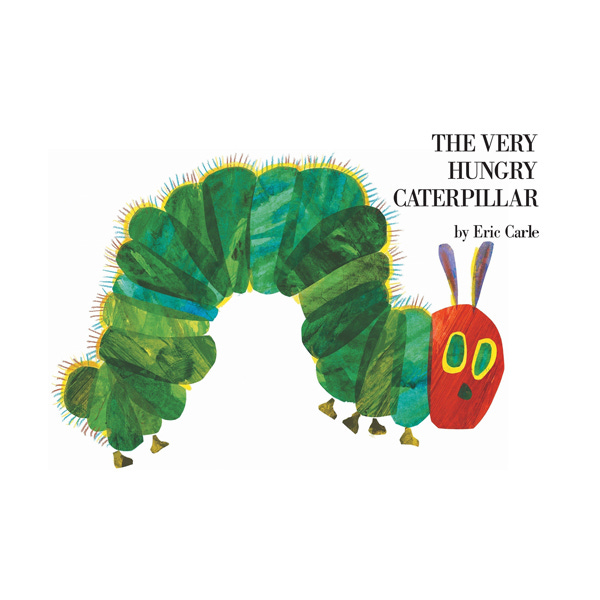


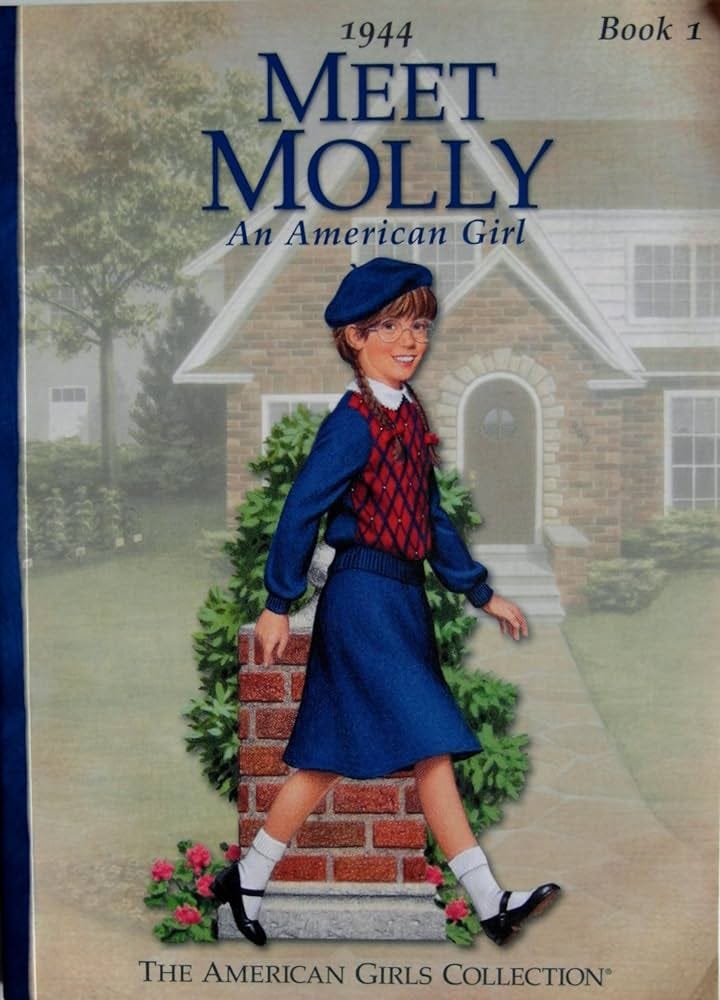

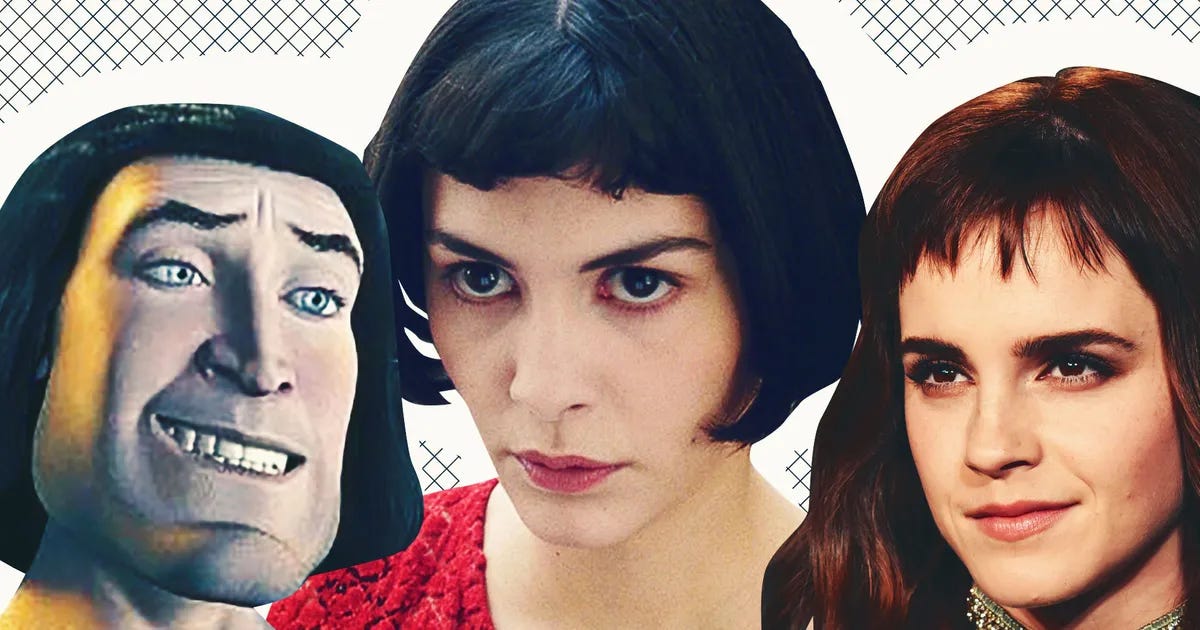

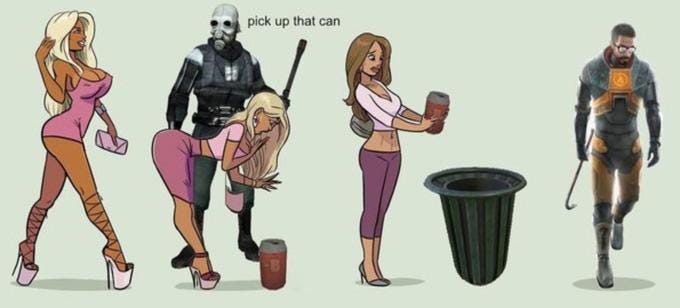
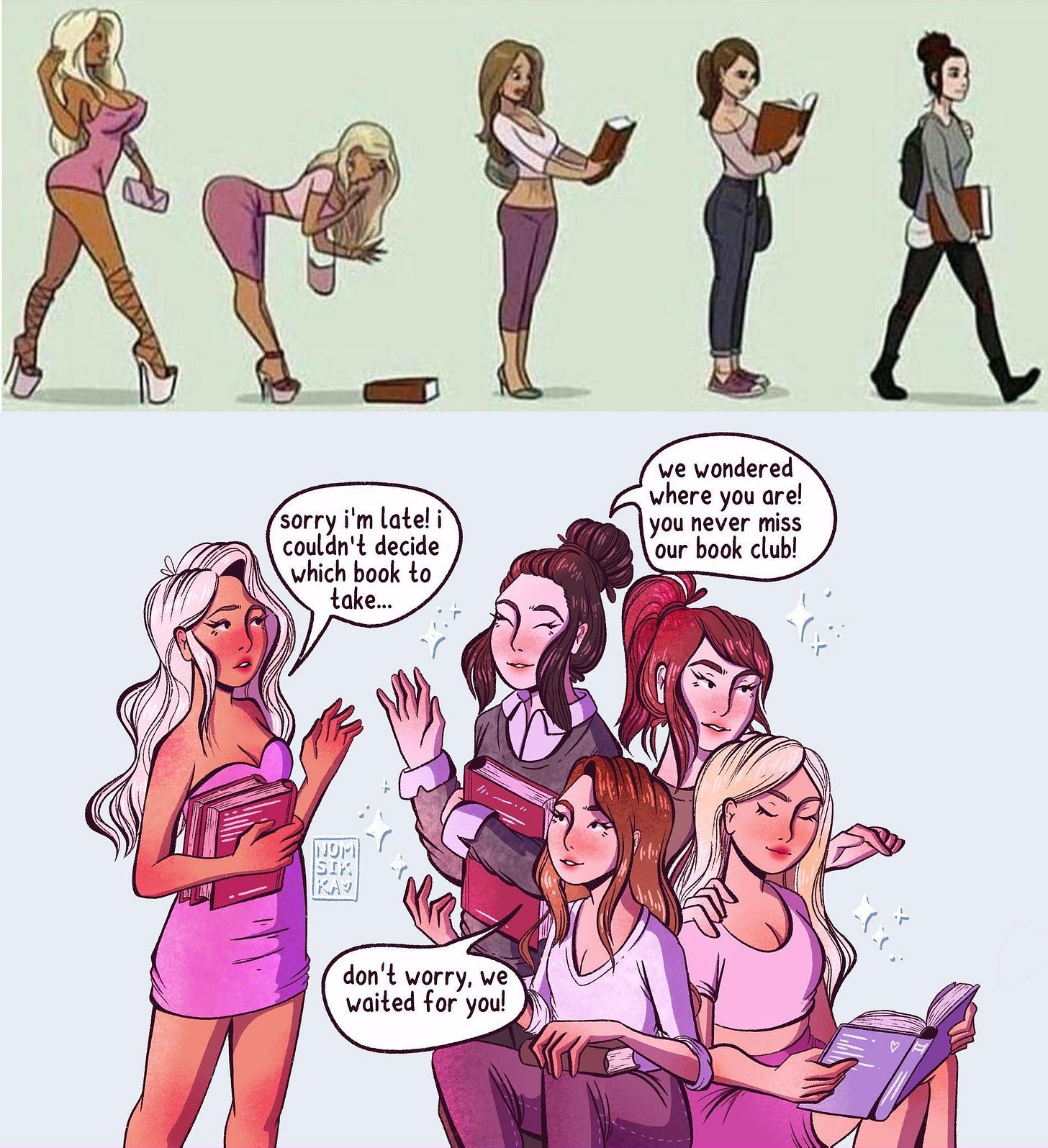
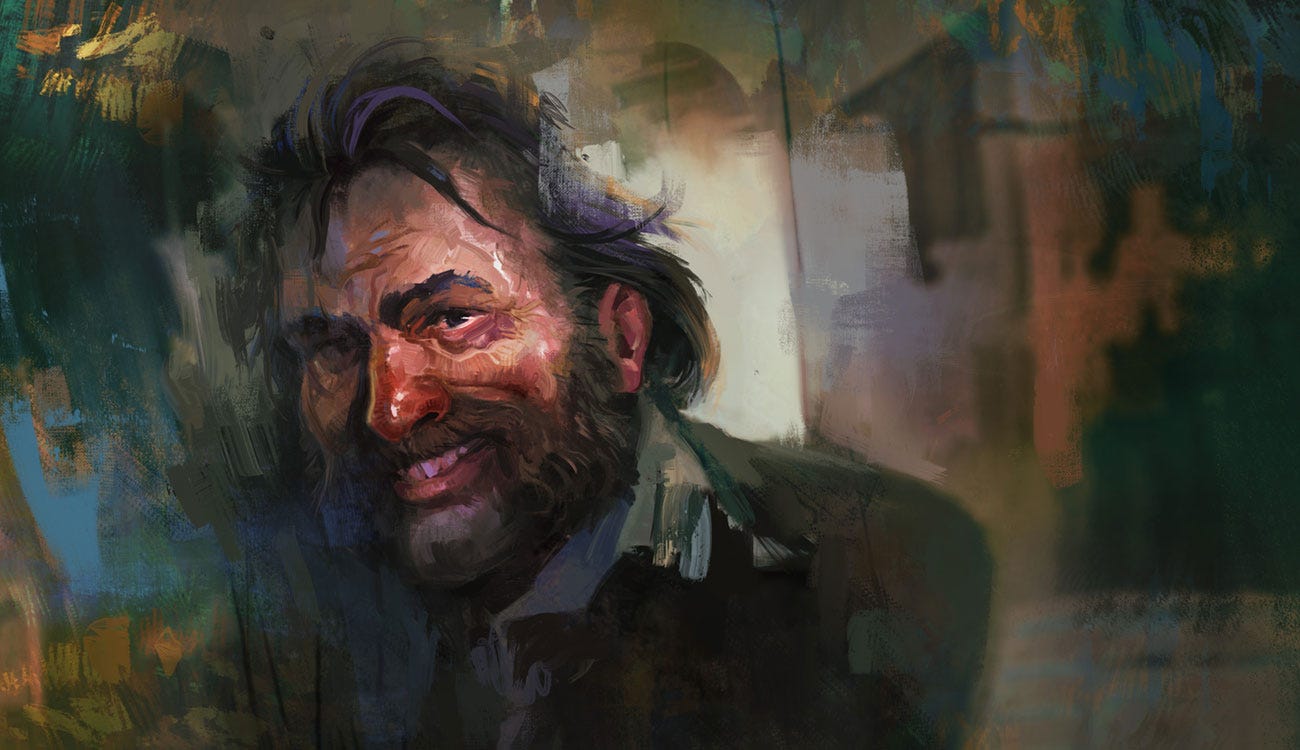
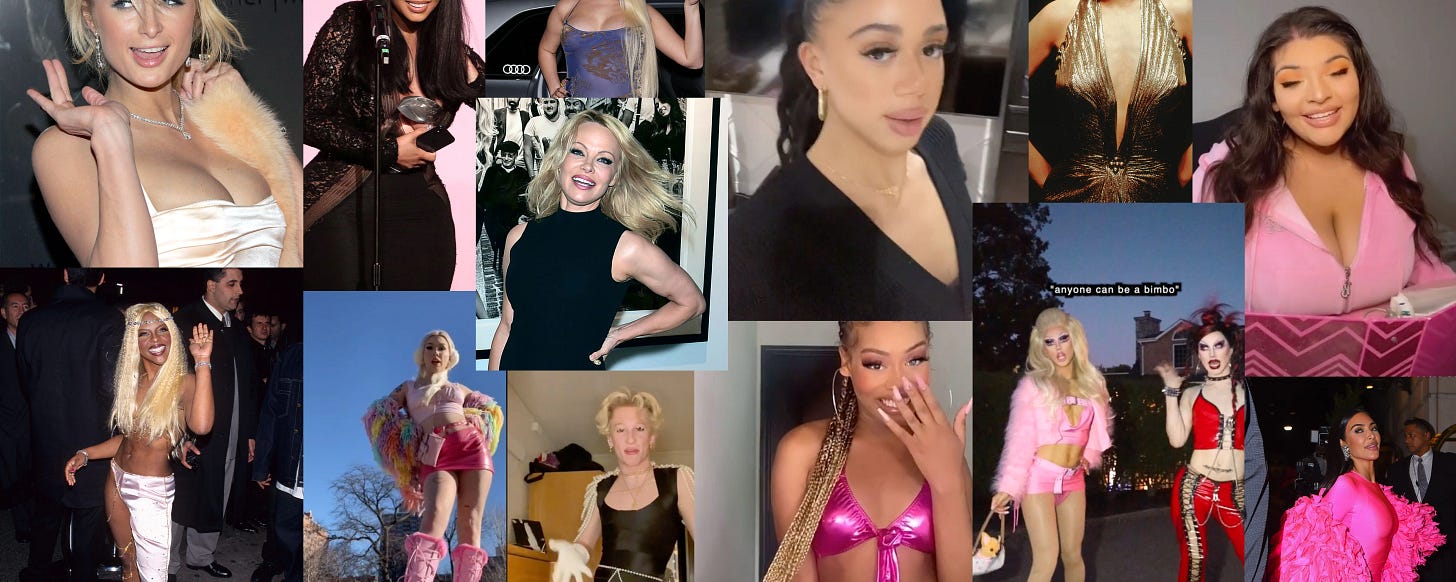



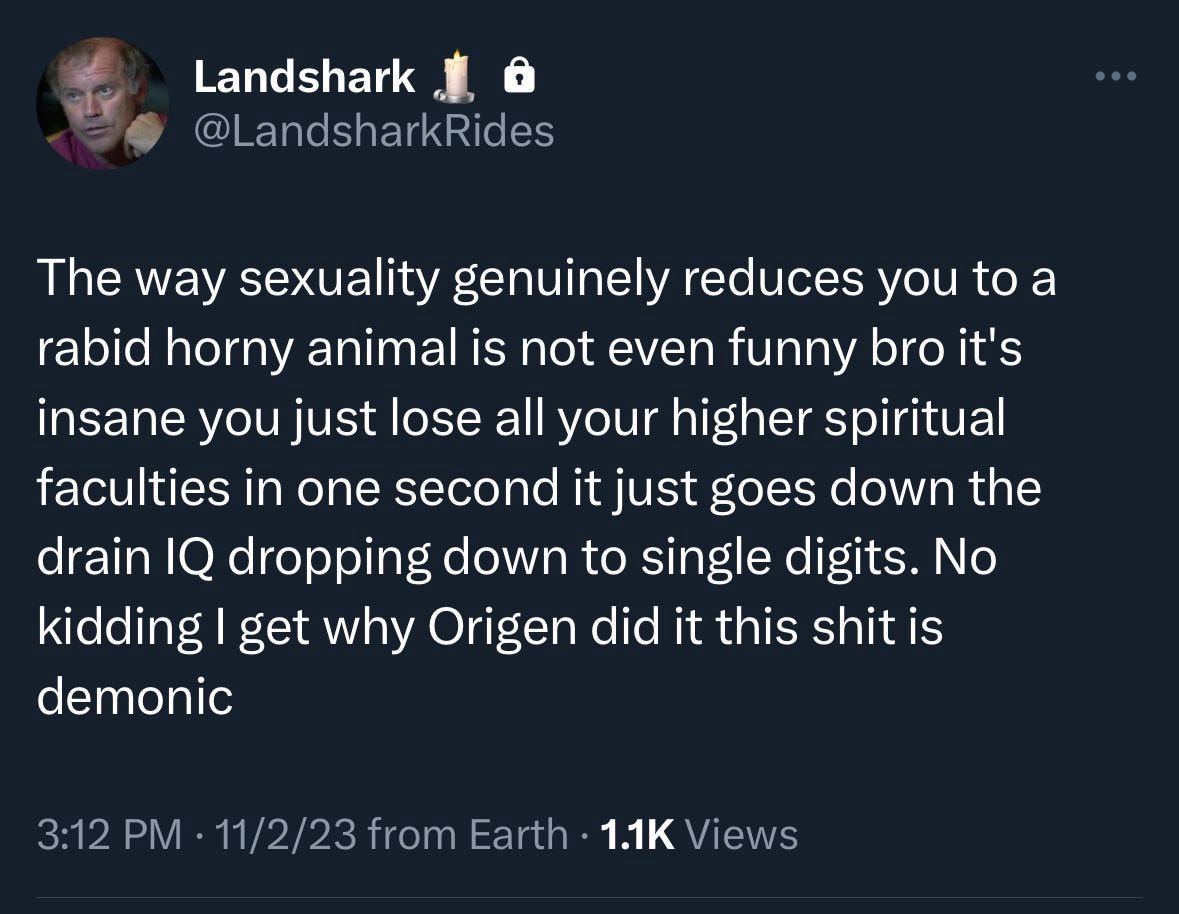
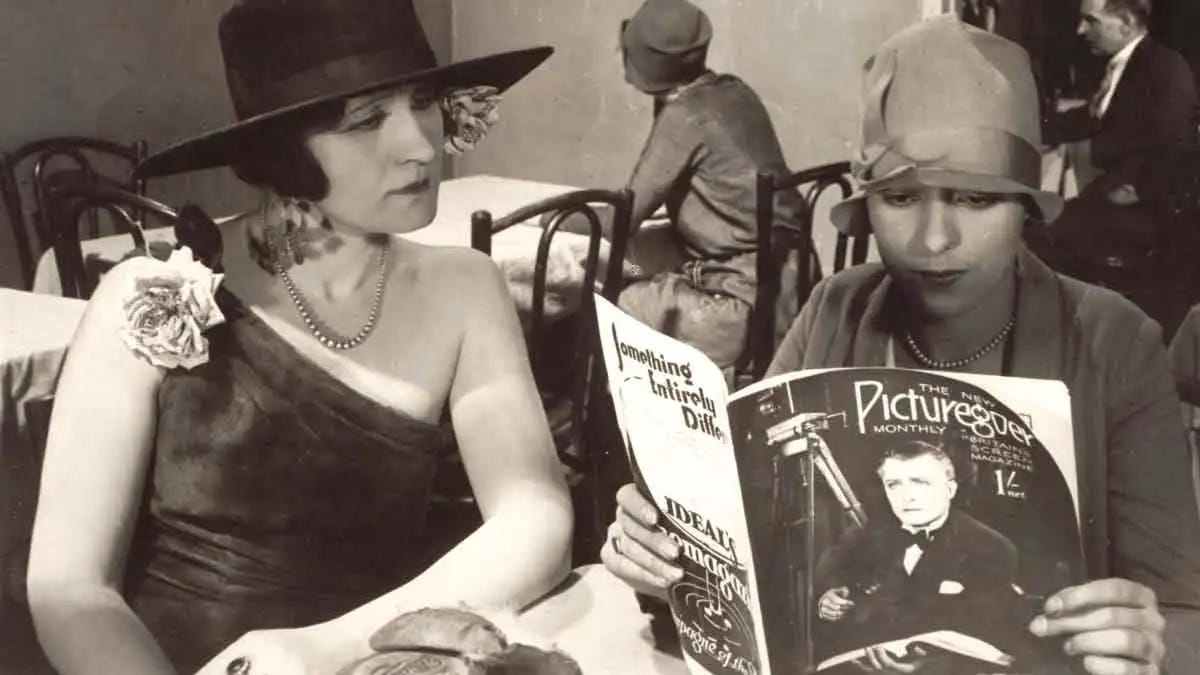


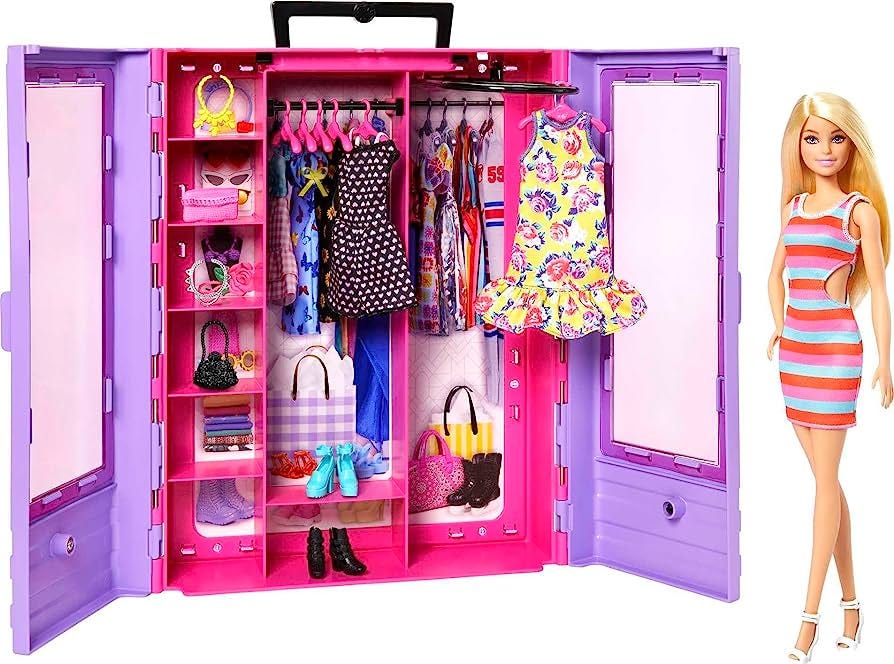
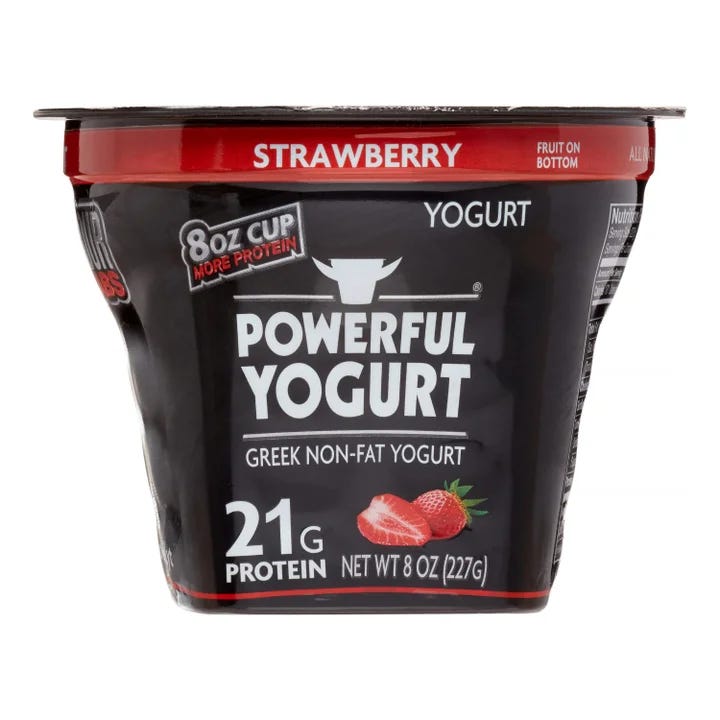
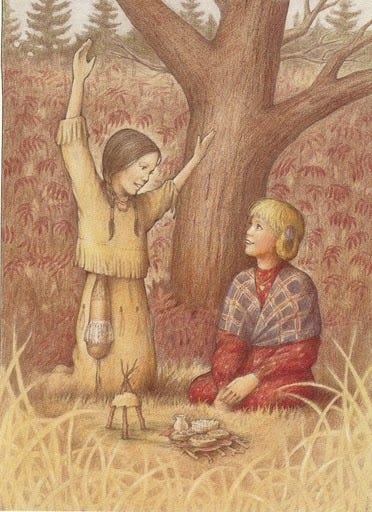
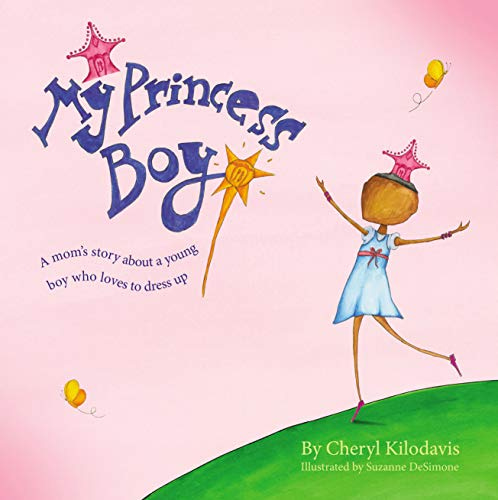
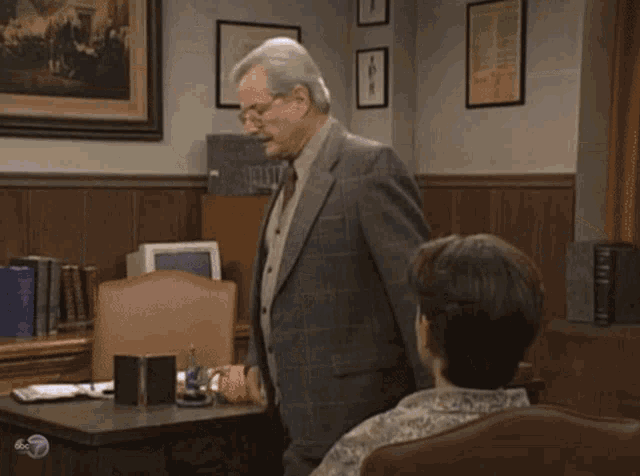
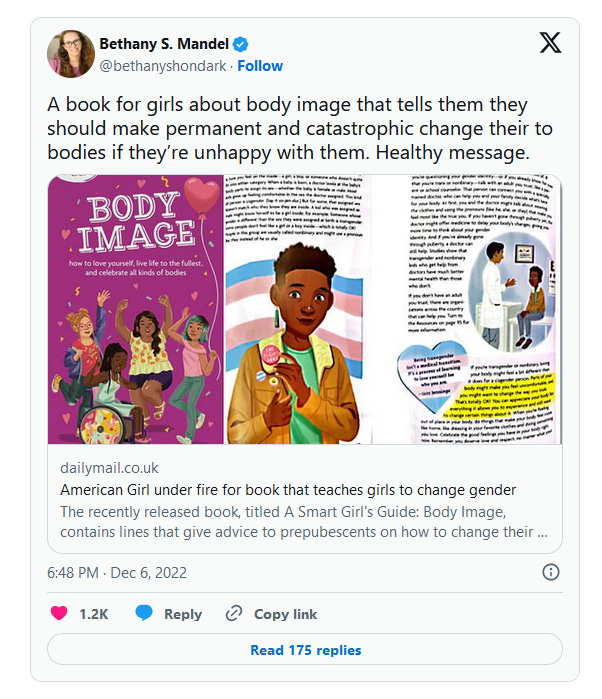

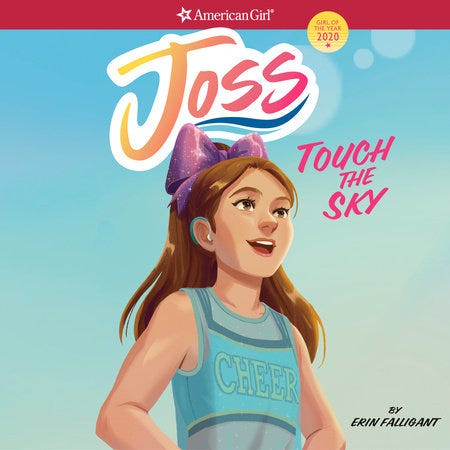
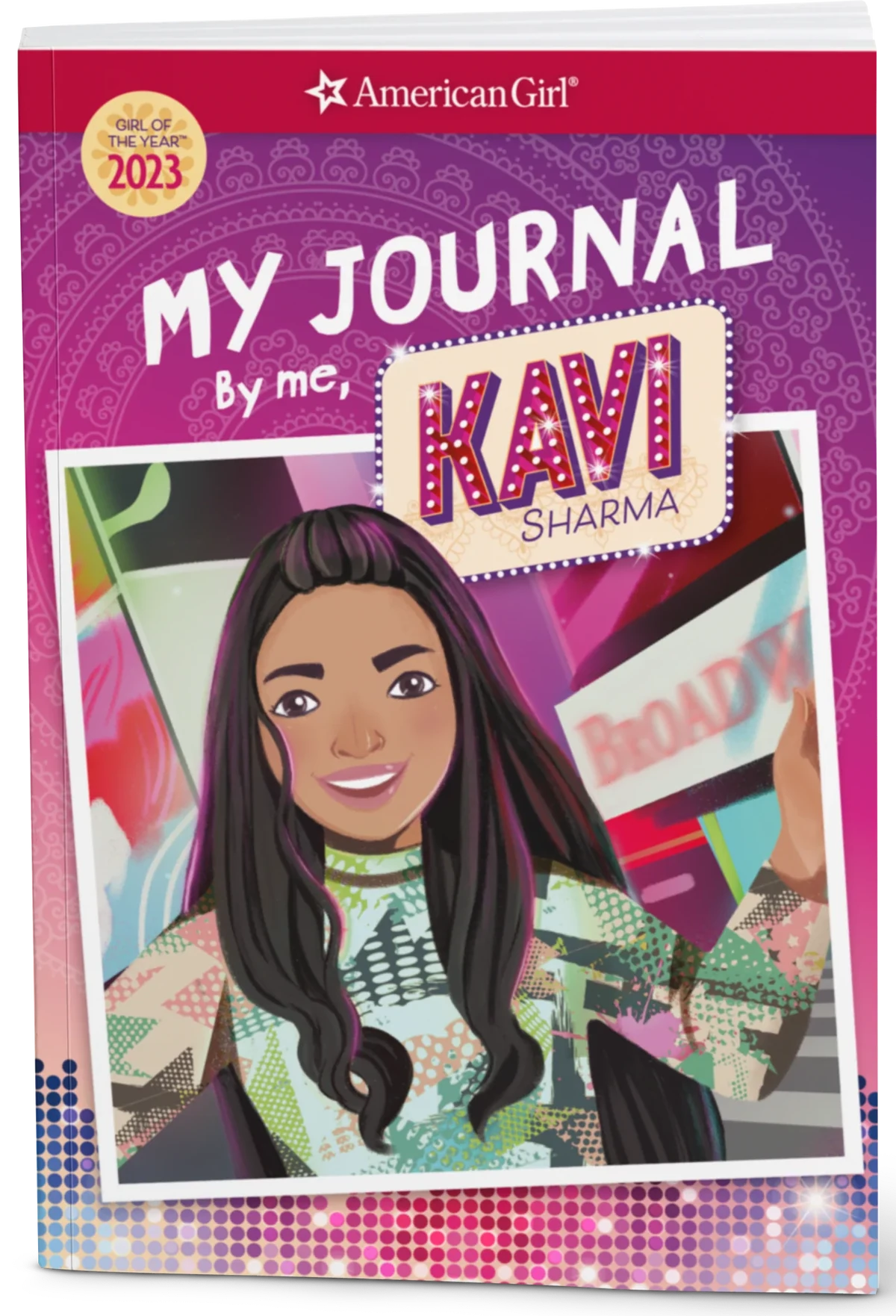
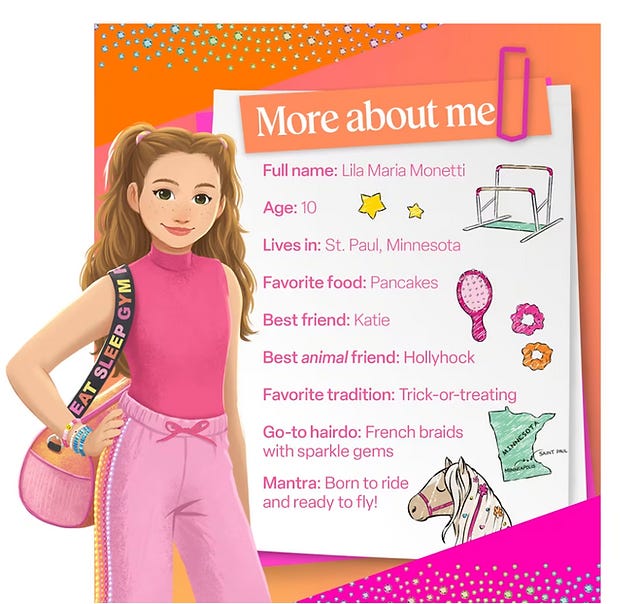


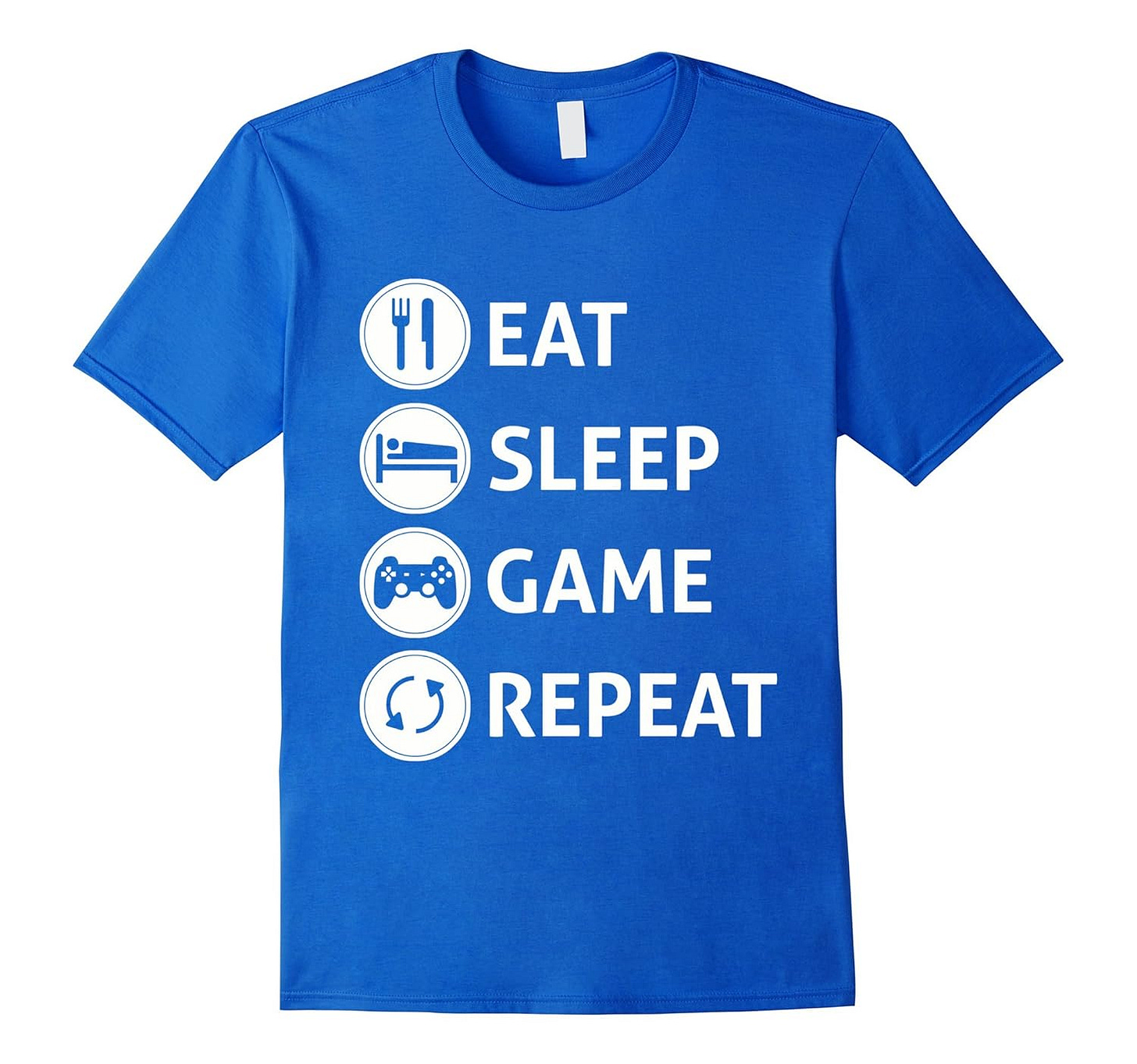


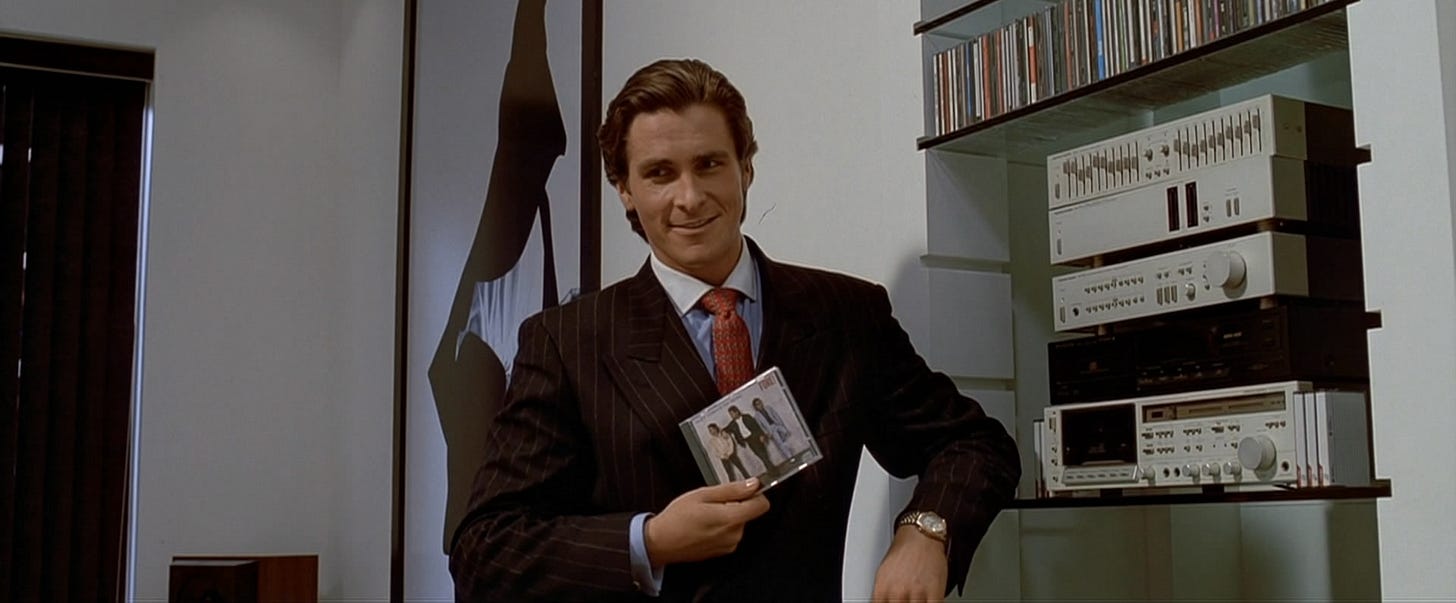
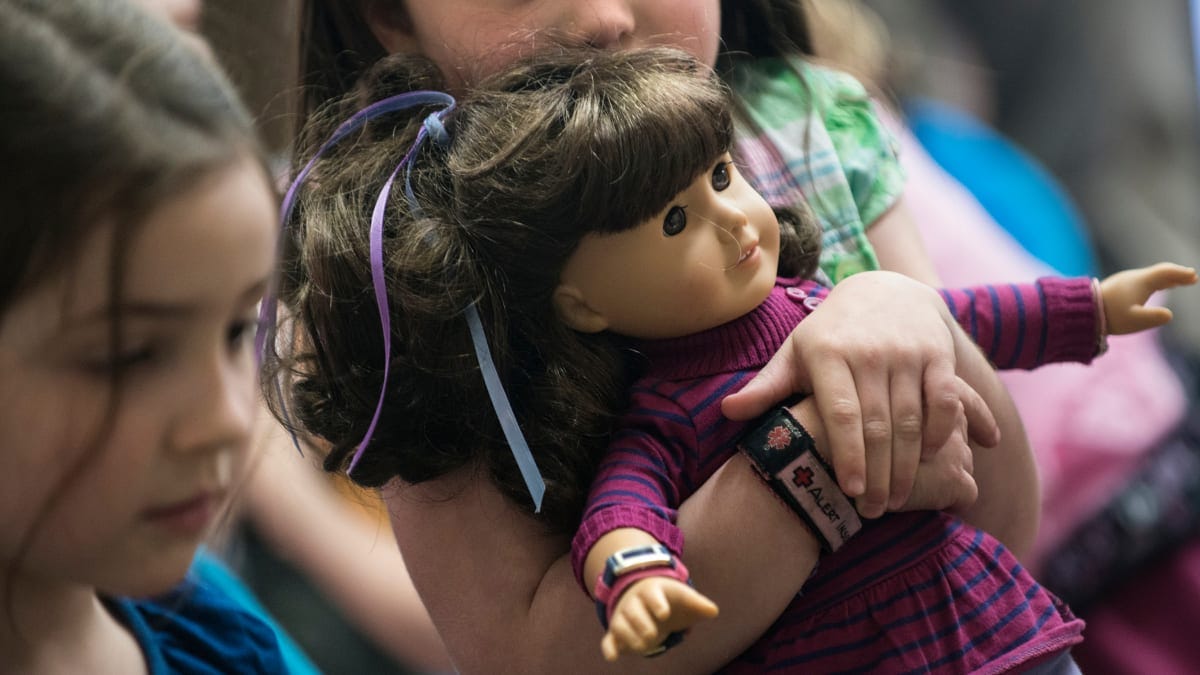

Fascinating series, I can't say I was that interested in Barbie lore before reading it, but every essay pulled me right in. Looking forward to more from you!
And it all comes to a close. I have to say, when I saw subject of the first article I was somewhat skeptical. Serious analysis concerning a brand of cheap plastic crap? How wrong I've been proven! And what a dramatic conclusion, complete with fanfics enlivening the margins (Is this the first time our dear ape has ever finished one of his series?).
On to the serious thought. You've pulled on quite a few strands over the course of these essays. Consumerism, feminism, performative activism, the lasting impact of Calvinism on Enlightenment thought and American culture (hints of Yarvin here, no? Although the impact of the Puritans and Quakers on American culture is so titanic, especially post-1865, that it's hard to ignore in serious thought), bad parenting in general, the slightly timeless character of childhood, and of course throughout the strange decay that's gripped American culture for decades now. A long neck of the Lernaean Lizard, indeed.
Your ability to lead each of these issues naturally into on another has been very impressive. You stuff more in each piece than I could probably manage with several. Some of the topics don't naturally play well with each other in serious discussion, but you managed to string them together quite coherently. Using the Product as a natural way to explore them in a limited context, interplaying them more deeply throughout the course of each essay as they naturally cohere into a fuller picture.
On to unorganised thoughts. Especially well done was the interplay between essays. Threads would be pulled out, readied for the reader's attention, put down, and then brought fully into the fabric one or two pieces down the line. Definitely demonstrates the brainpower being put to work here. The little inclusion of the made-for-children magazines that disappeared circa-2012 or so still hits home. For a young, bookish lad like I was, those were dearly loved.
tl;dr good poast